When you buy a protein powder with 25 grams of protein, you assume that the amount of protein is exactly what you’re getting with every serving. What if I were to tell you that’s not the truth? If you’re buying protein powder from the grocery store, you’re most likely purchasing a blend that’s partially filler. It’s a fitness scandal of the ages and one of the reasons why the supplement industry makes a profit. This practice is now being called “amino spiking,” and it’s something you should keep in mind when purchasing protein powder.
What Is Amino Spiking?
Also known as “protein spiking” or “nitrogen spiking,” amino spiking is when a manufacturer adds cheap filler ingredients to the protein, like maltodextrin and less important amino acids like glycine and taurine. Similar to the air in a potato bag, amino spiking allows for the manufacturer to claim you’re getting more protein per serving than the truth, meaning those 25 grams of protein could be 20 grams or less.
How Is Amino Spiking Allowed?
Amino spiking is rather deceptive. When a company wants to test the protein content of a powder, they need to send it to a Nitrogen Content Test (NCT). Since protein forms a bond with nitrogen, the amount of nitrogen in a mix helps determine the amount of protein. In order to up the protein, manufacturers pump the mix full of free form amino acids, like glycine and taurine, which also show up as protein in the test.
How is this allowable in the USA? There’s a loophole in Food and Drug Administration (FDA) guidelines. The FDA says what ingredients can and cannot be used, as well as what can be called dietary protein. However, according to the FDA, pure amino acids are not sources of protein, but they also say nothing about how much amino acids should be included in a protein powder.
The Difference Between ‘Amino Spiking’ and ‘Fortifying With Amino Acids.’
All proteins are made up of amino acids, and some whole foods are higher in amino acid content than others. Some manufacturers will increase the amount of amino acids in their protein blends to make them more nutritionally complete. When a manufacturer does this to enhance the nutritional profile, it’s call “fortifying with amino acids.” This is acceptable. In fact, you want your protein powder to have all the essential amino acids.
That said, if a manufacturer betrays the trust of the consumer and doesn’t list that they are adding extra amino acids, this is called “amino spiking.” Amino spiking is false advertising, because you believe you’re getting more protein per serving than what’s actually being consumed.
Should I Be Worried?
Health-wise, no. You have nothing to be worried about. Consuming a few extra amino acids isn’t going to negatively impact your health. Other filler ingredients, like maltodextrin, might add some calories, but that doesn’t count towards protein.
What you should be worried about is the fact that manufacturers are using sub-par mixes to increase the profit margin and putting them out for your to purchase, while claiming that you are buying a protein powder with an x-amount of protein per serving.
How Do I Know If My Current Protein Powder Is Amino Spiked?
First, let’s consider how you tell the difference between an amino spiked and an amino fortified blend. If the manufacturer states directly on the supplement label that amino acids have added, the powder has a “typical amino acid profile” or if amino acids are listed directly in the ingredients, then you know that the protein powder is fortified. In the event these statements are missing, you might have an amino-spiked protein powder.
Other ways to figure out if you protein powder is amino spiked include:
- Price – if the protein powder you bought was significantly cheaper than other protein powders of the same size, then it’s likely amino spiked.
- Ingredients – if glycine and taurine are listed in the ingredients, it’s been spiked.
- Creatine – if a powder doesn’t list the amount of creatine in grams but puts it high in the ingredient list, the powder may be creatine spiked.
- Proprietary Blend – if you see the term “proprietary blend” on the label but the actual amino acid blend isn’t disclosed, you can suspect amino spiking.
 Which Protein Powders Are Not Amino Spiked?
Which Protein Powders Are Not Amino Spiked?
Three protein powders with high-quality ingredients that haven’t been protein spiked include:
- >Gaspari Nutrition IntraPro 100% Whey Protein – The IntraPro mix contains no surprises, just straight up Whey Isolates, Whey Hydrolysates, and Whey Concentrates. You see right on the bottle that the protein also contains essential amino acids and no useless fillers.
- Gaspari Nutrition Proven Whey Hydrolyzed Whey Isolate – This is whey in its purest form. 25 g of protein, 5.5g BCAAs, and minimal carbohydrates to ensure quick absorption and nutrition for your muscles.
- Gaspari Nutrition Real Mass Advanced Weight Gainer – The thing about weight gaining powder is that its often pumped up with all kinds of additives to help you put on mass. You’ll find that Gaspari’s Real Mass powder doesn’t fool around. It’s plainly put that Real Mass packs 1,000 calories in each serving, 47 grams of protein, creatine, and BCAAs right on the label and nutrition panel. It’s everything you want for bulking up and nothing more.
Is Amino Spiking Here To Stay?
The short answer to whether or not amino spiking is here to stay is yes. Because the demand for whey protein and other protein blends is increasing, thanks to fitness trends, manufacturers need to create less-than-perfect products to meet that demand. Since quality protein does have a high cost of creation, it makes sense that amino spiking would come to be. It is upsetting that manufacturers are trying to deceive consumers, but in the end, it is all in their hands. Now that you know, though, you can make the choice to purchase quality protein powder from reputable manufacturers.
Visit our online store to purchase high-quality protein powder and fitness supplies today. You’ll find all of our ingredients listed right on the label!
The post Amino Spiking? Is Your Protein Supplement all that it says it is? appeared first on Gaspari Nutrition.


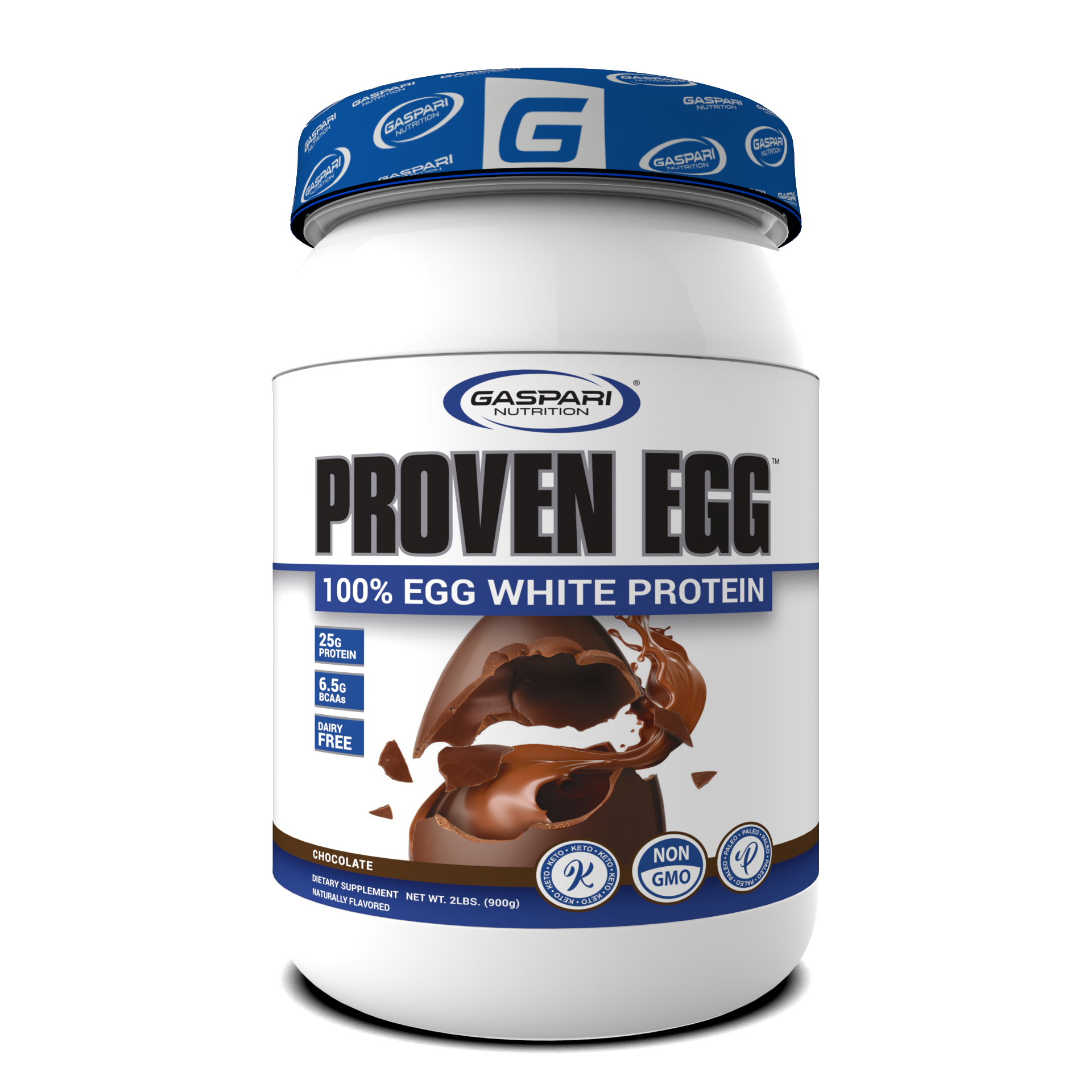




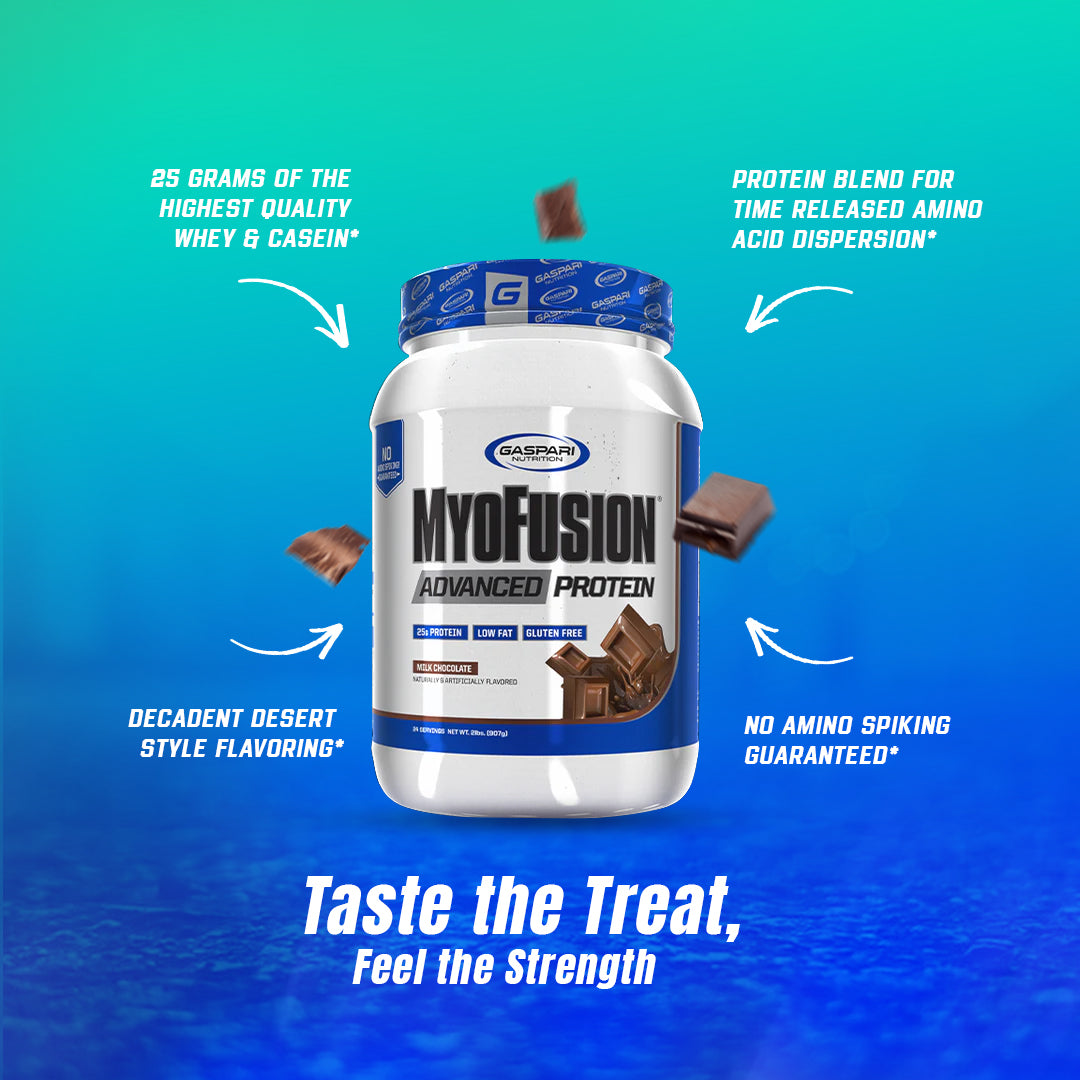

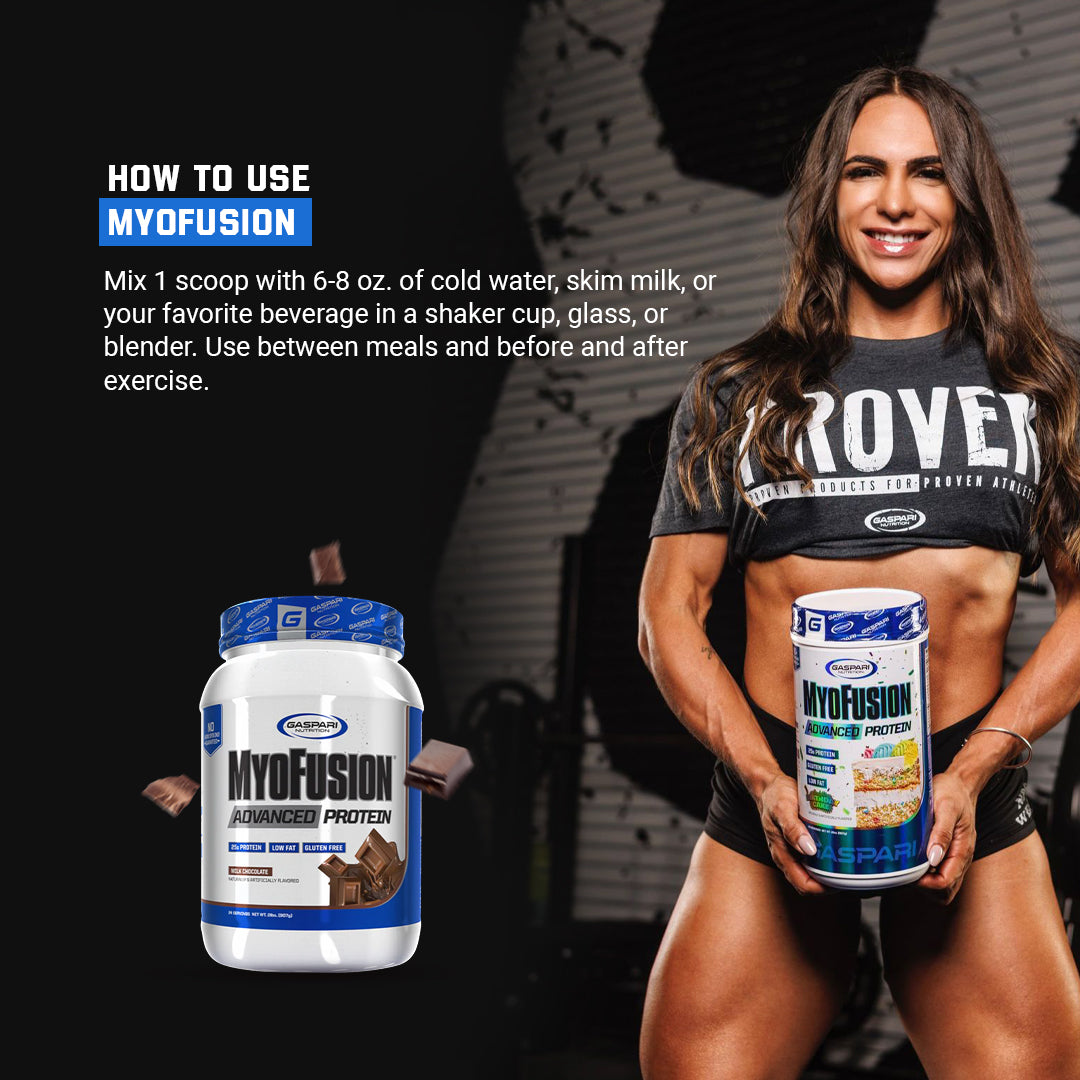
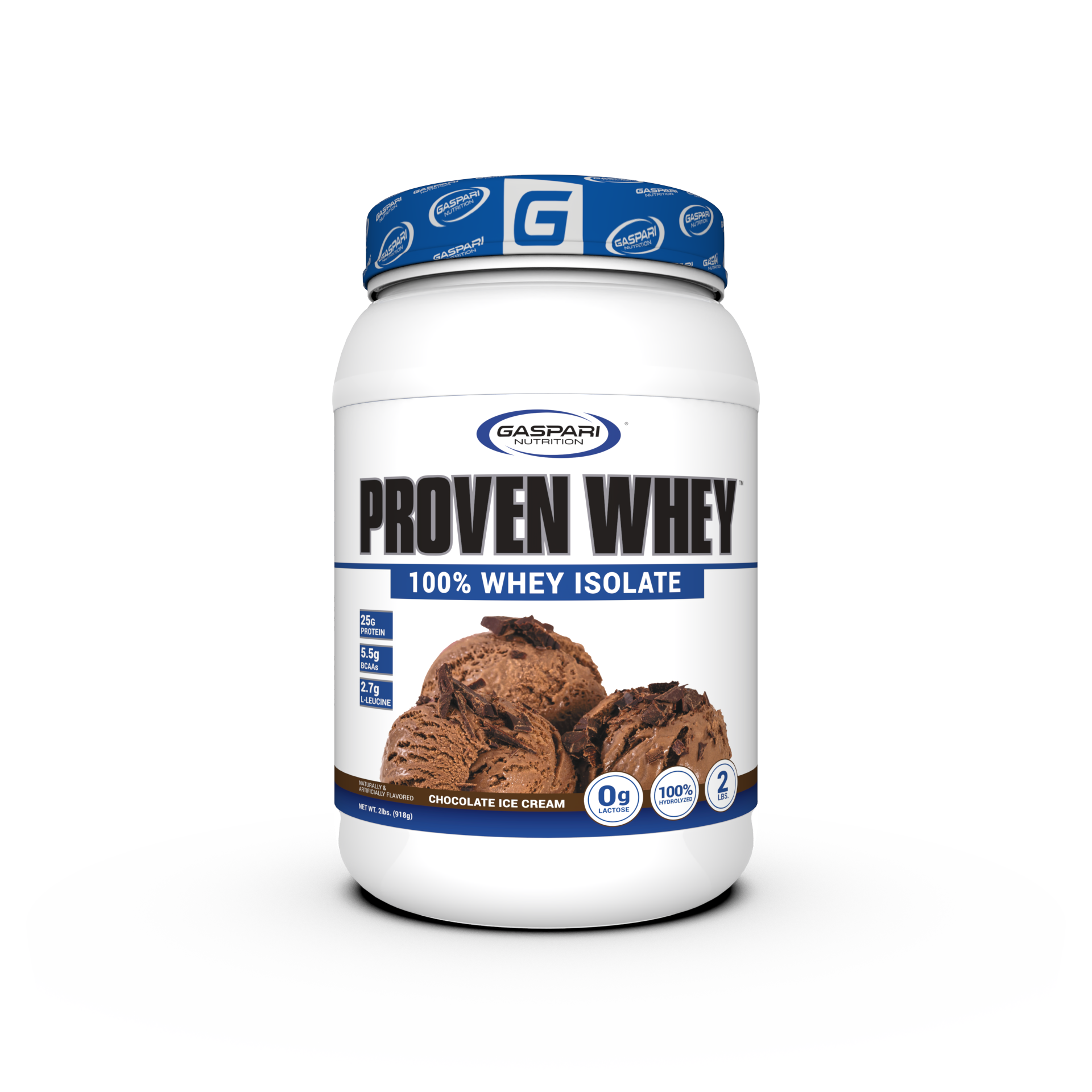


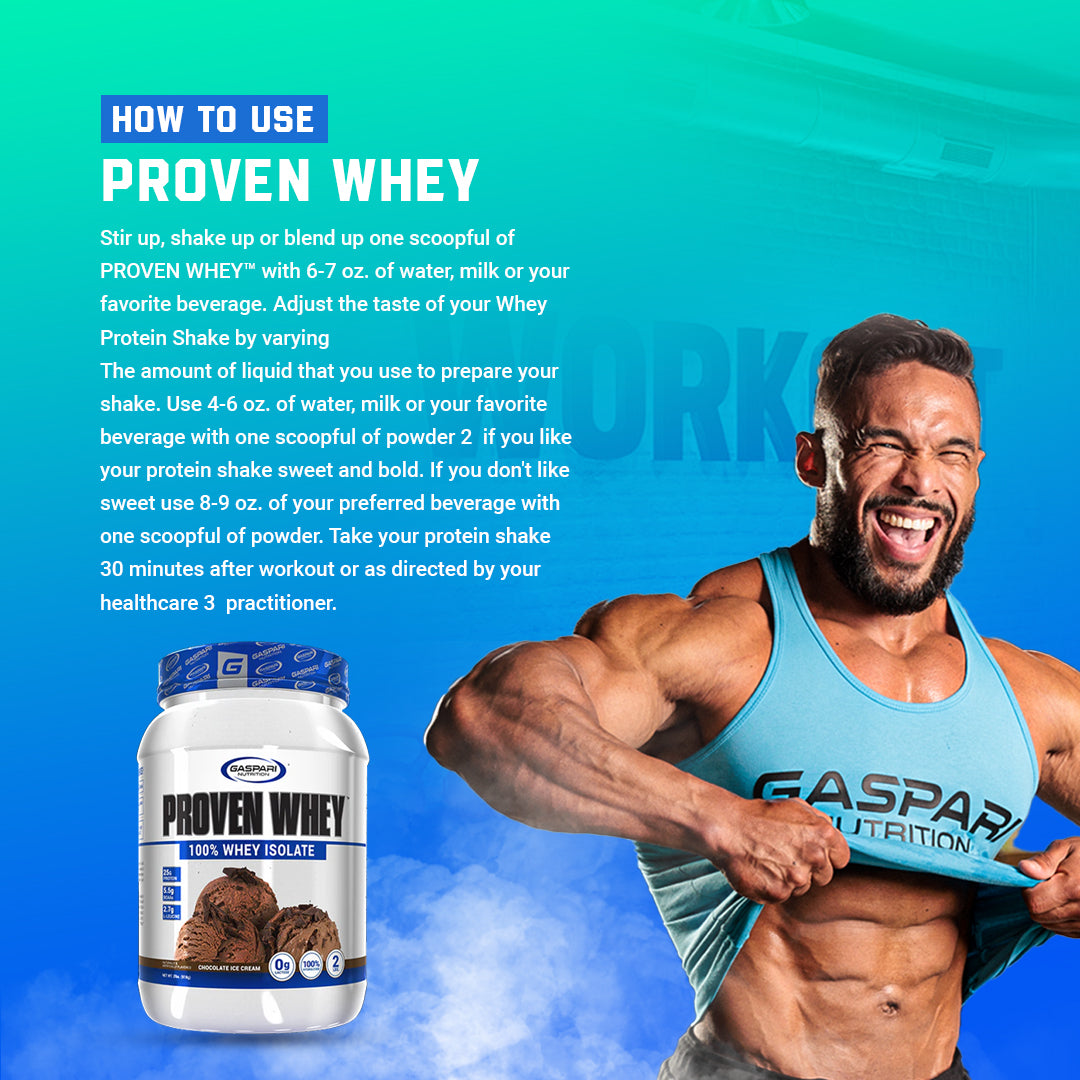

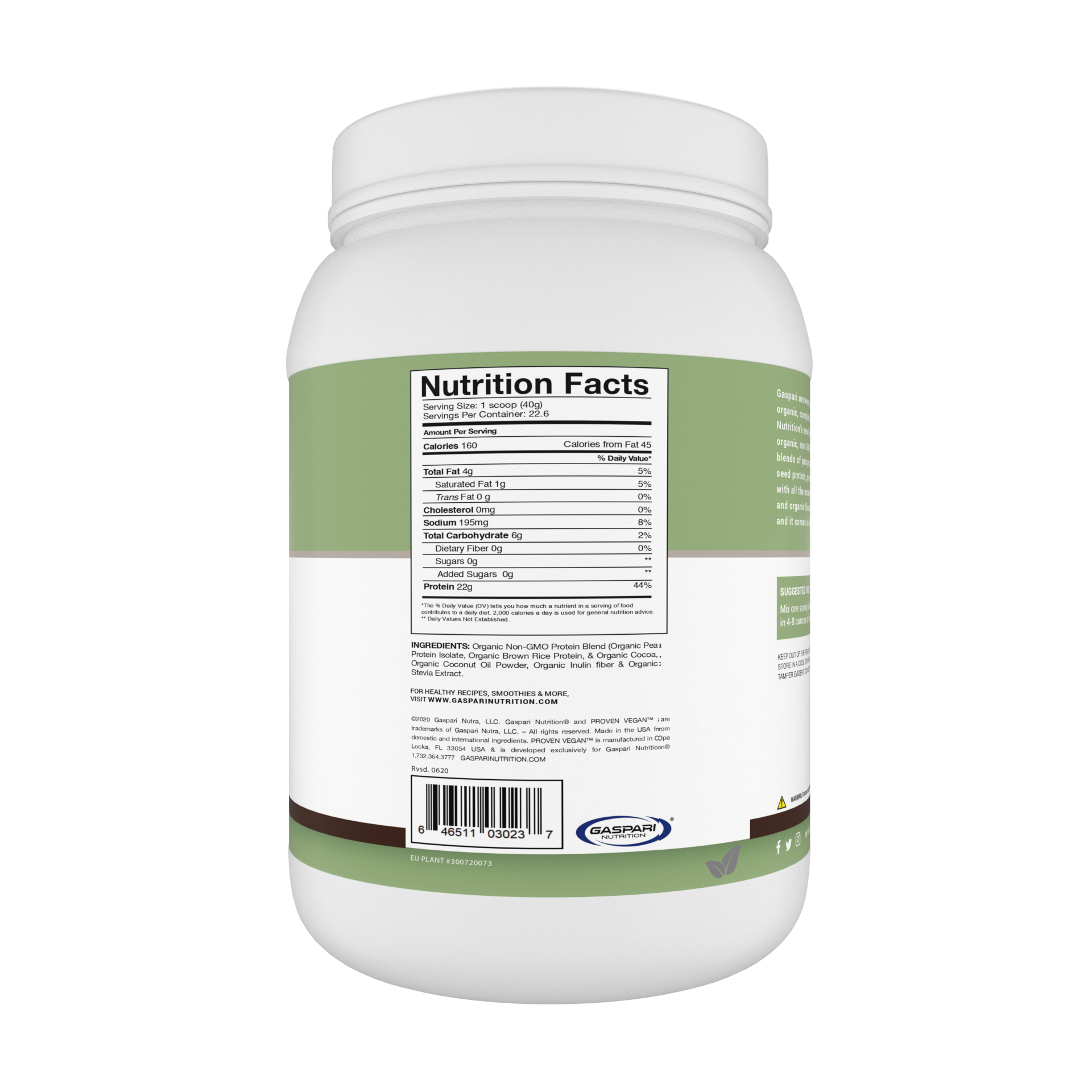

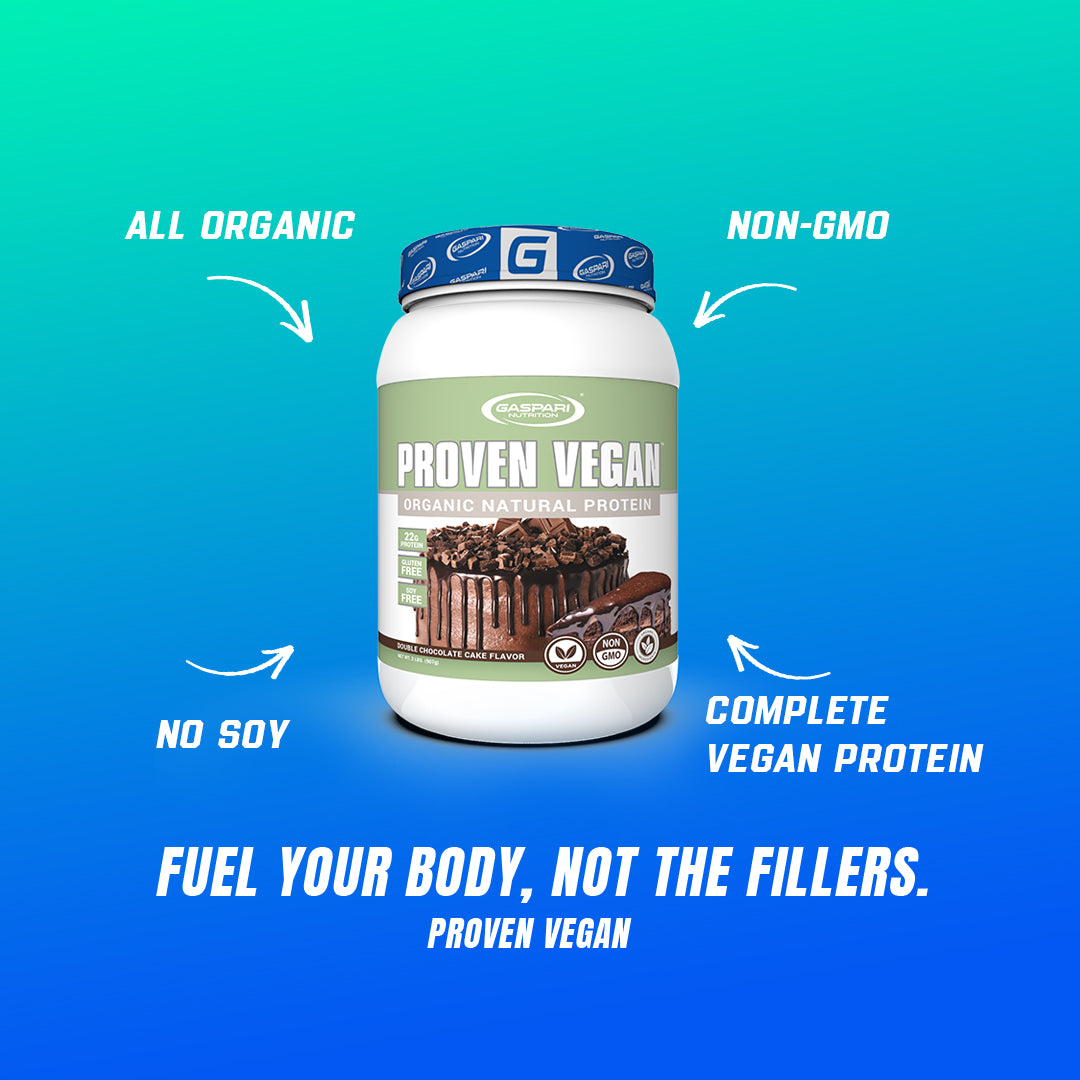
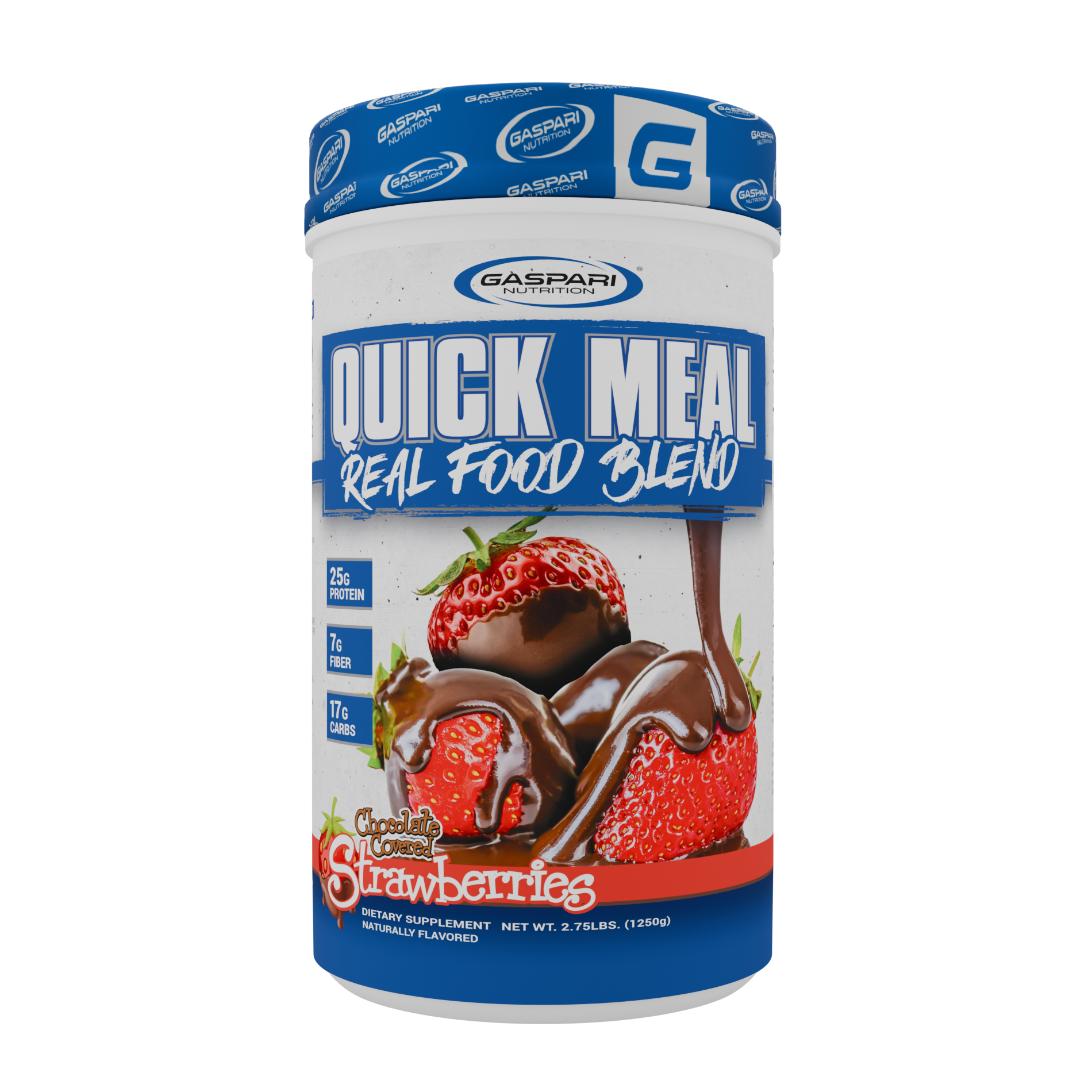


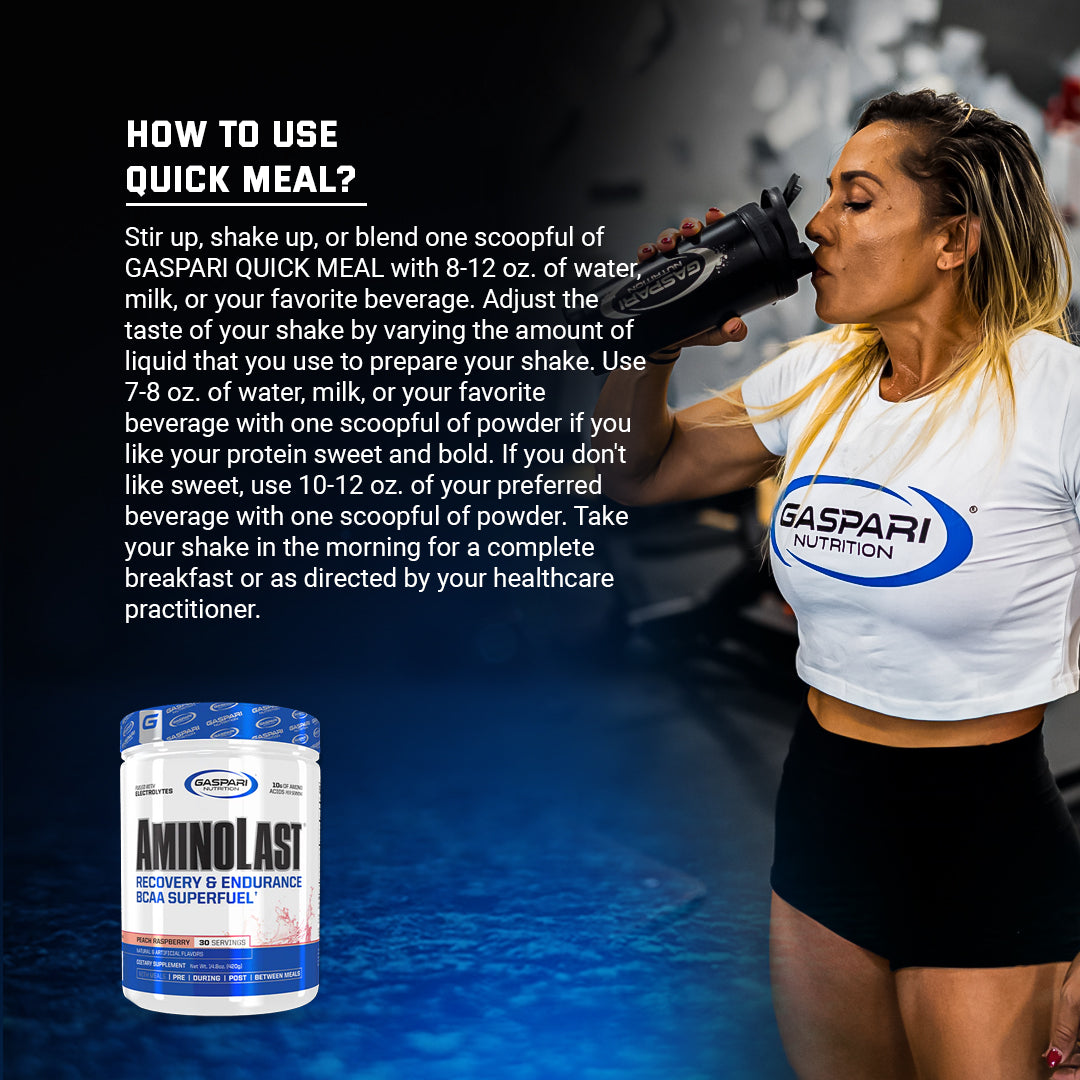
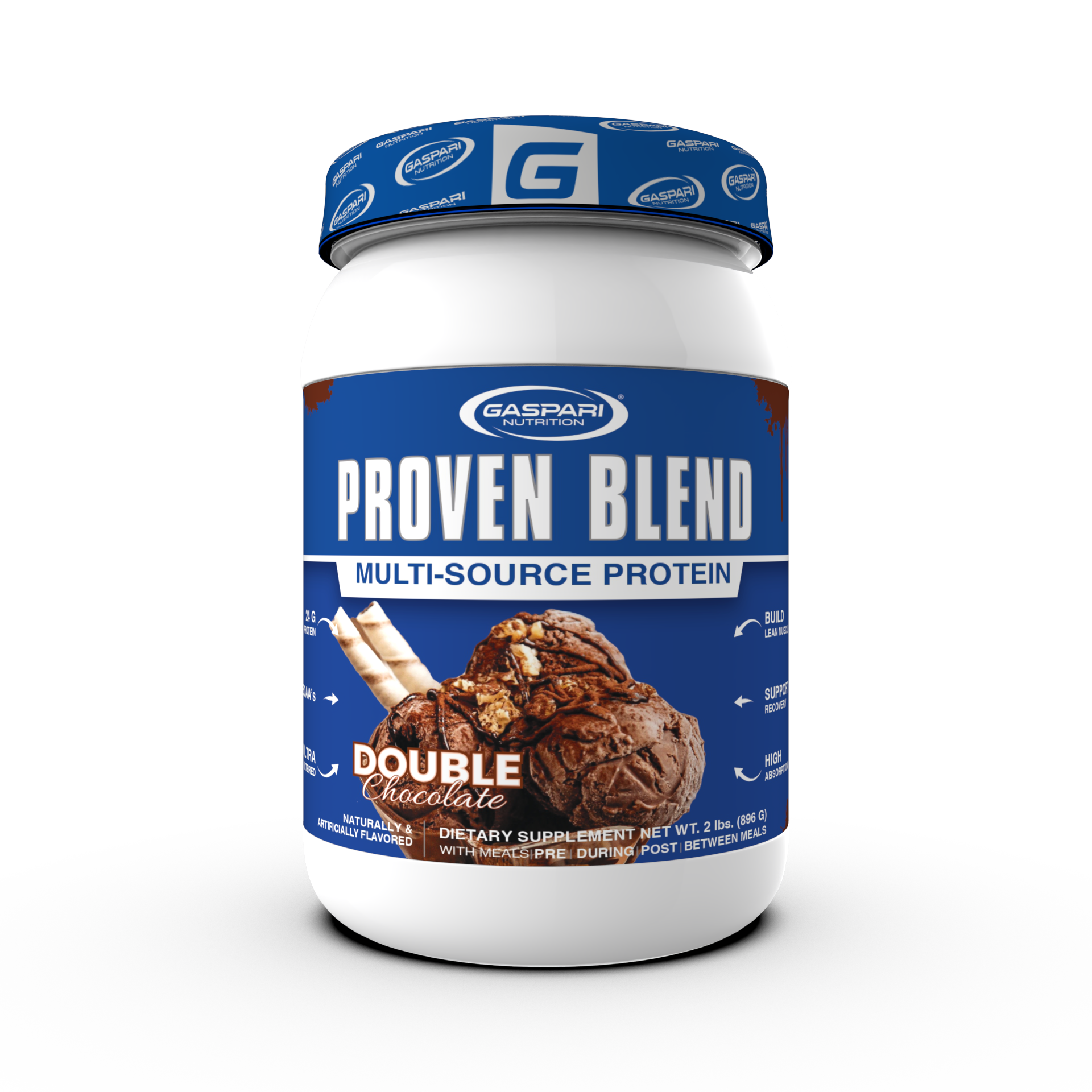
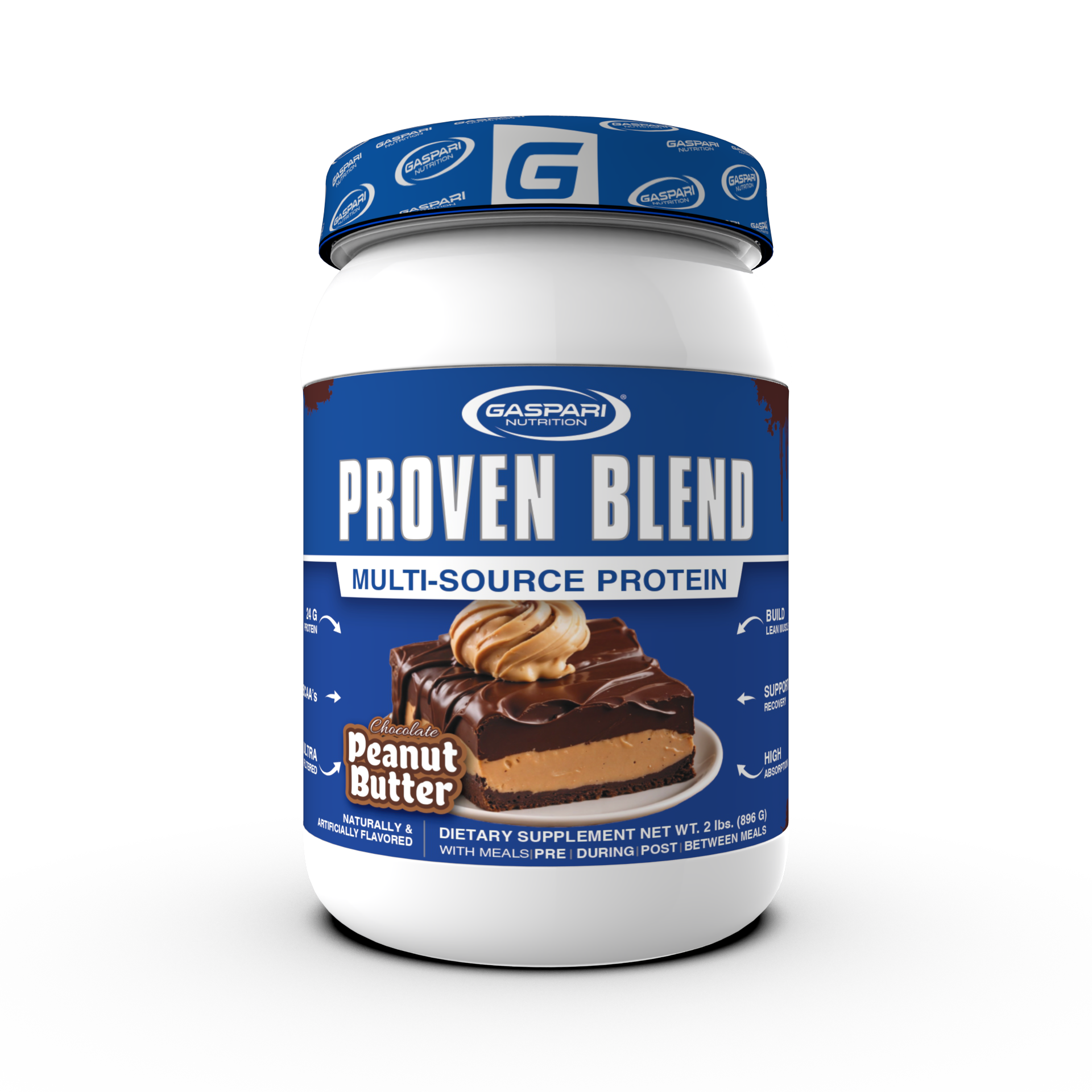


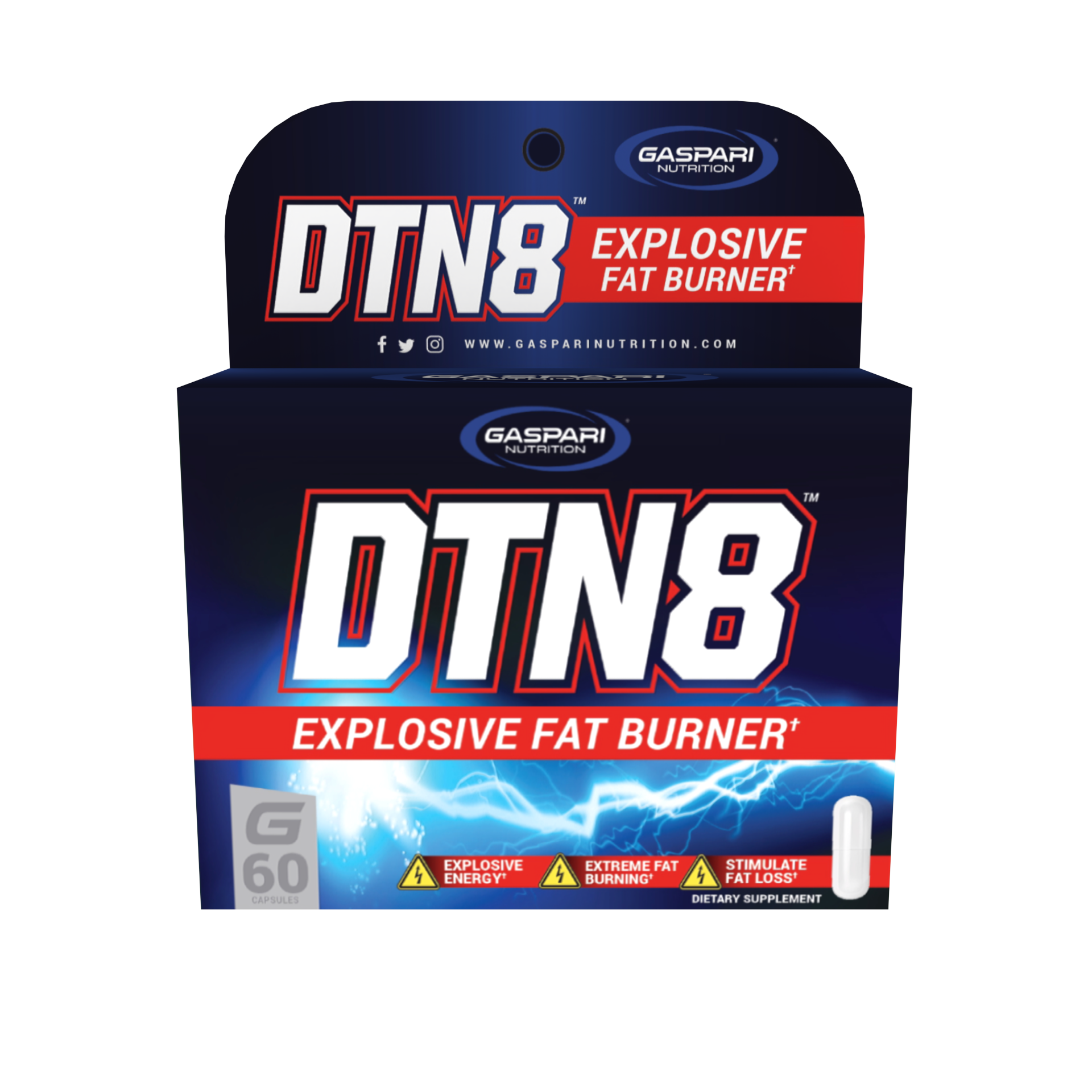



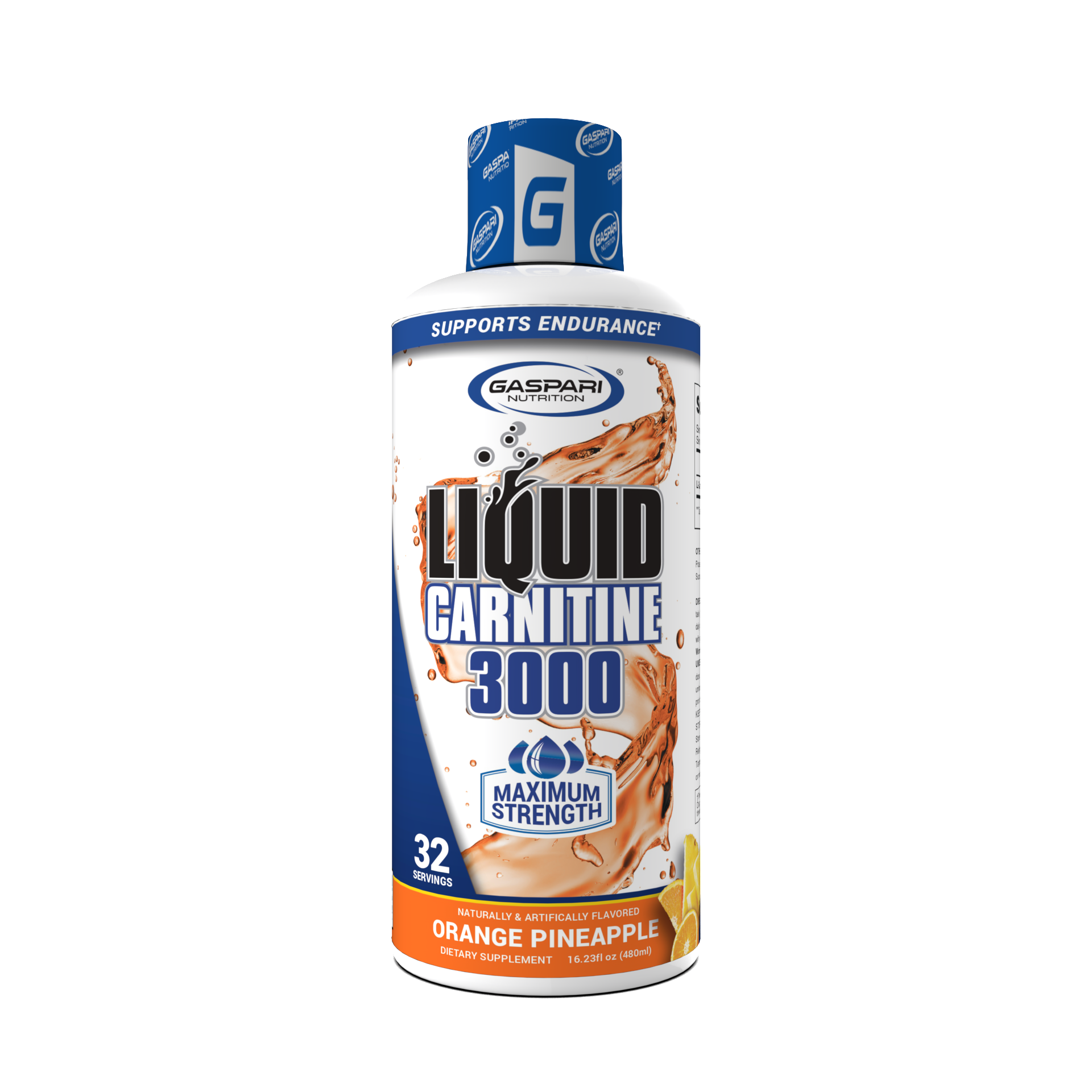


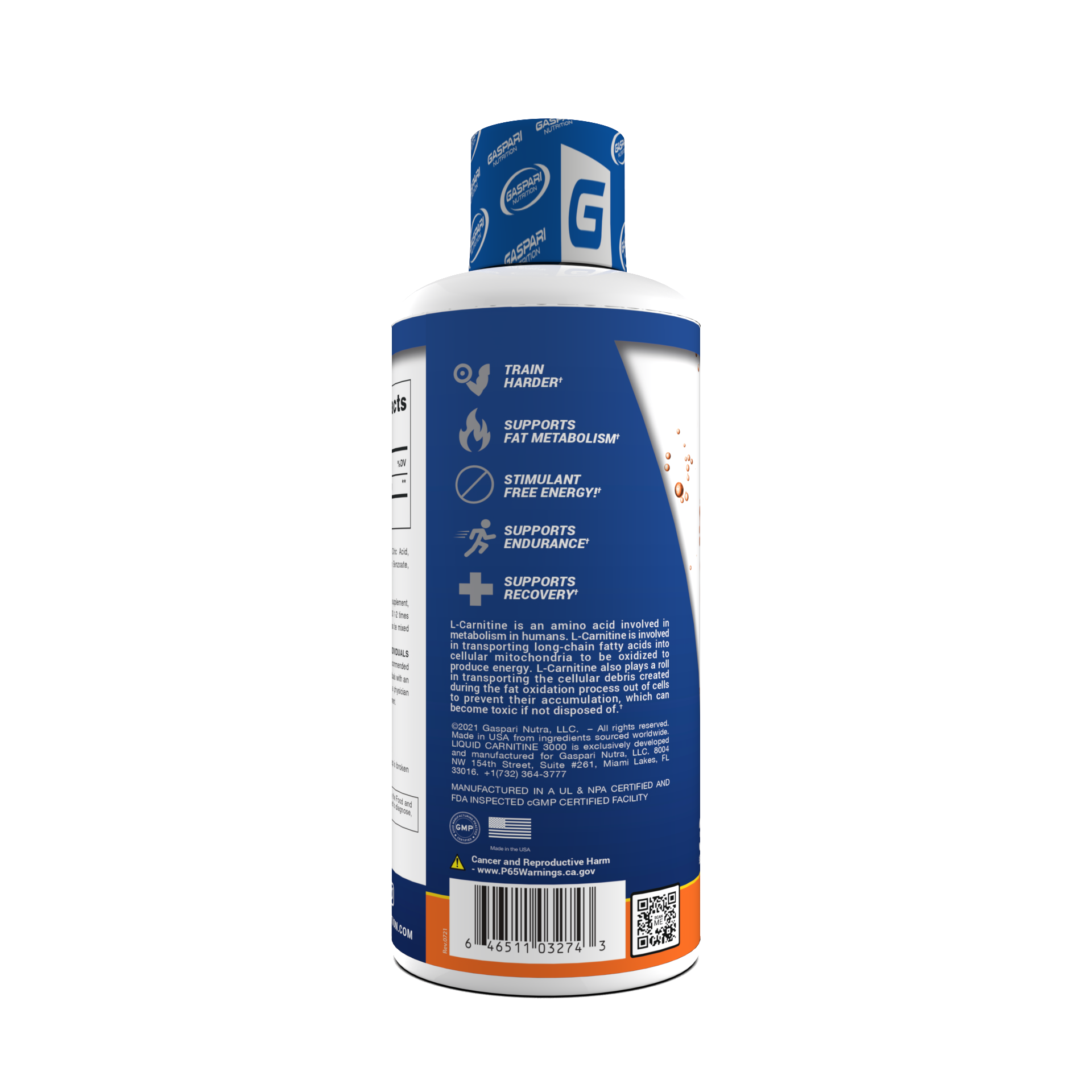

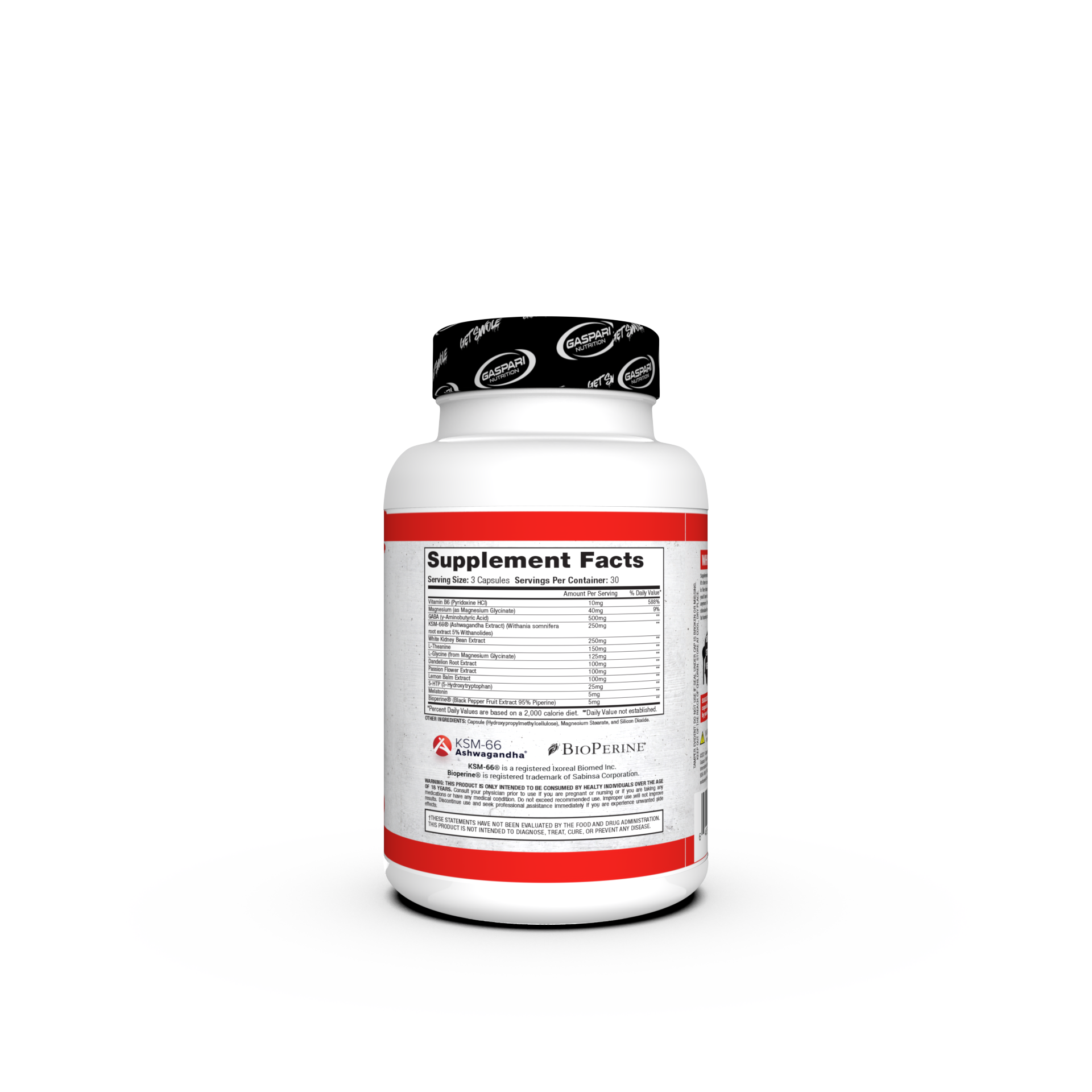
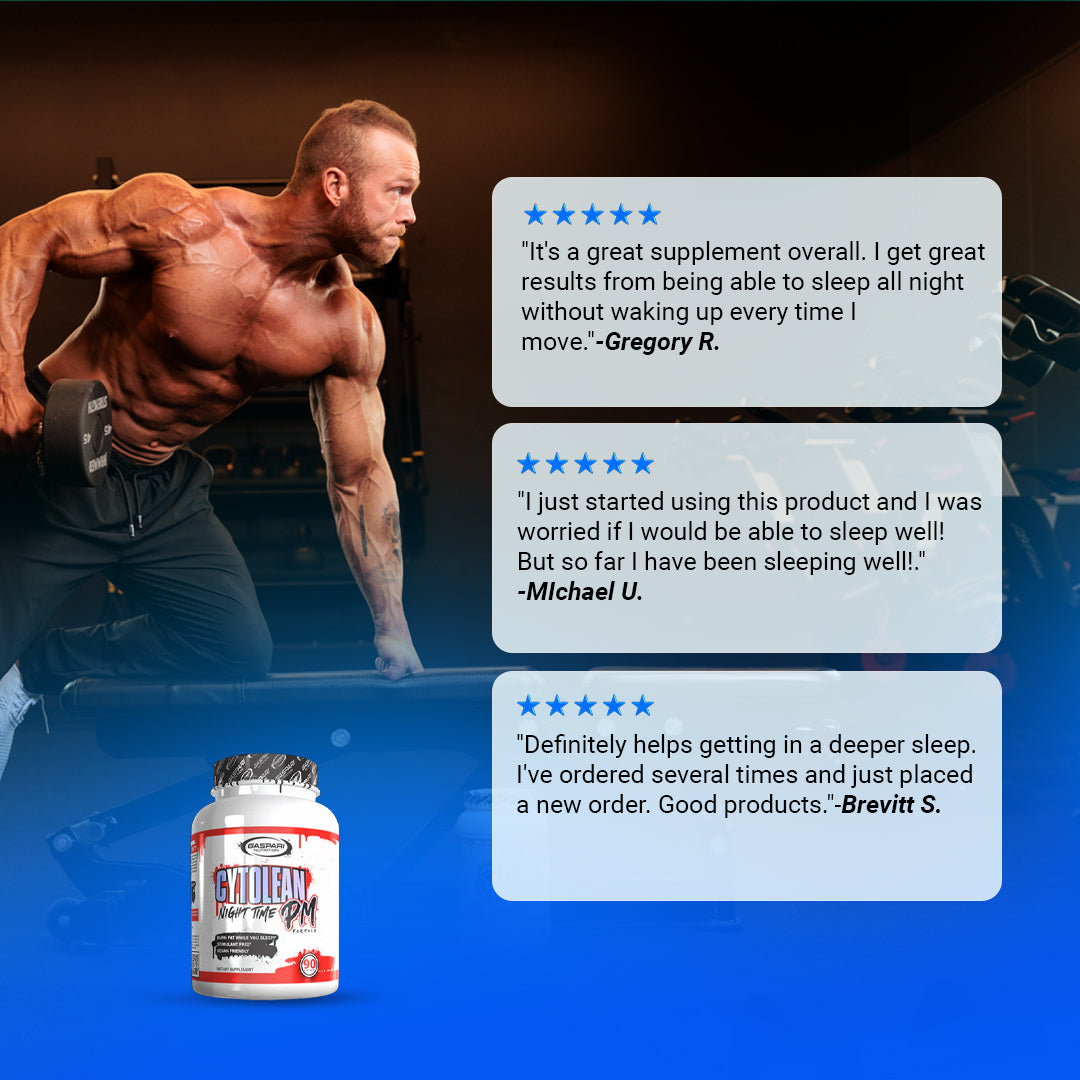

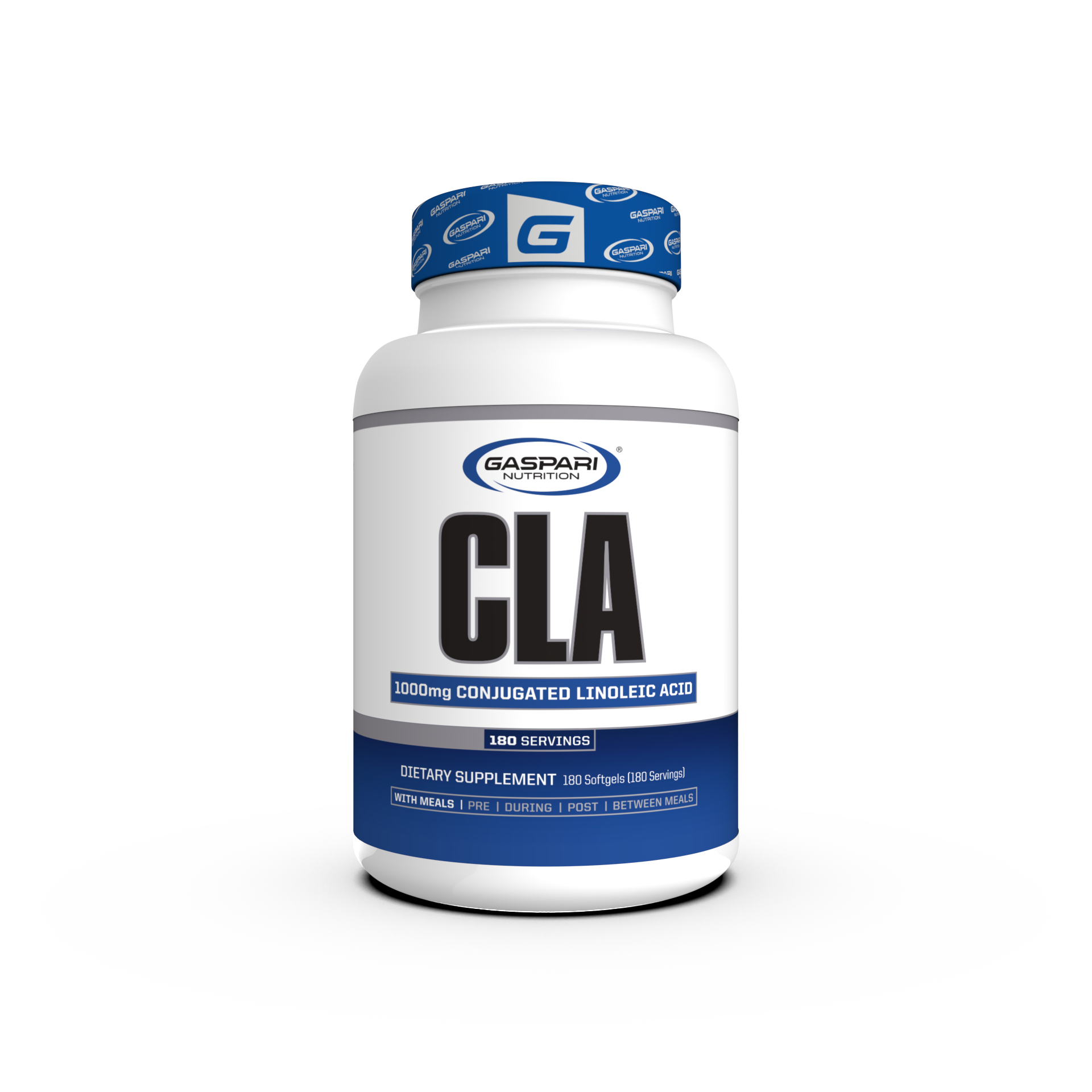

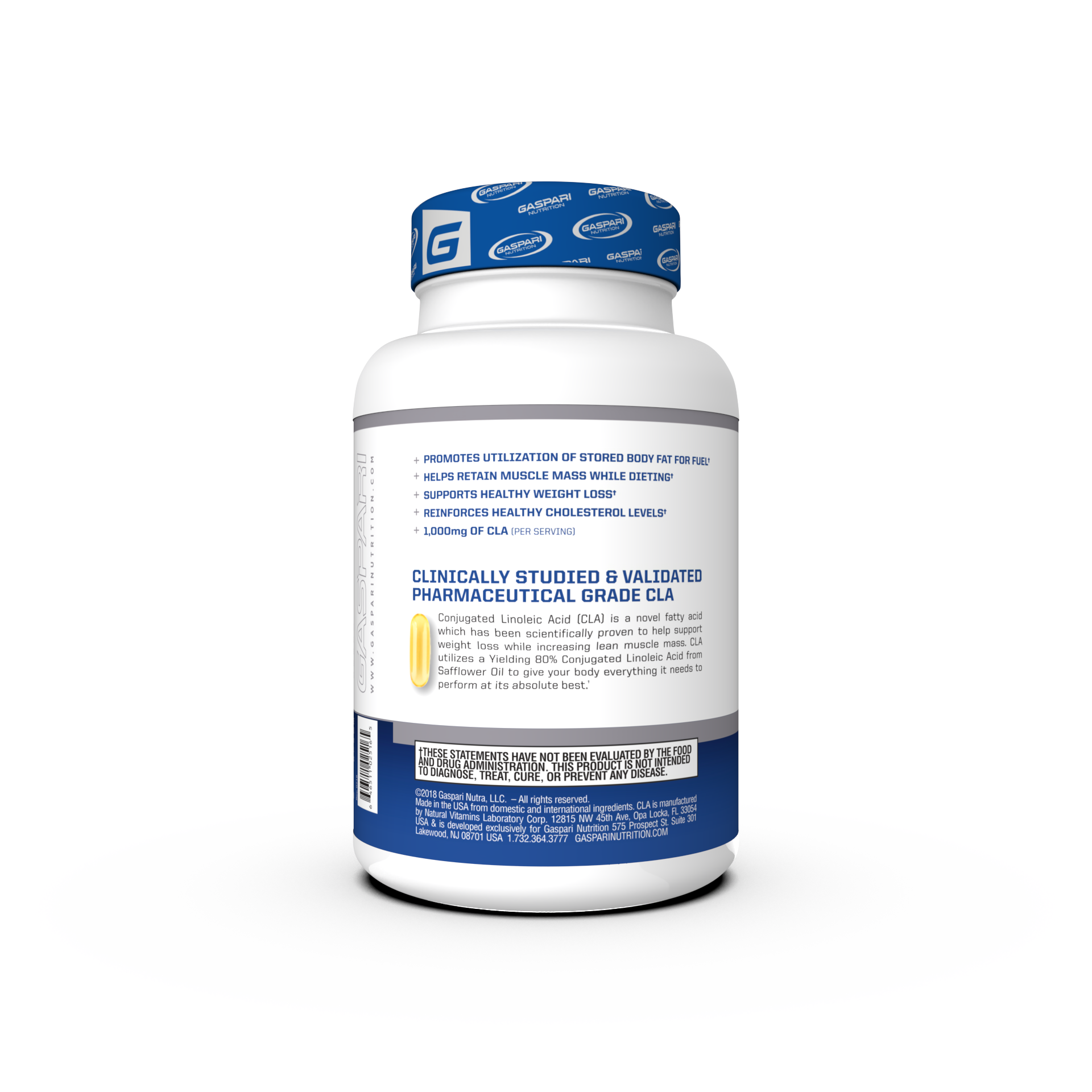



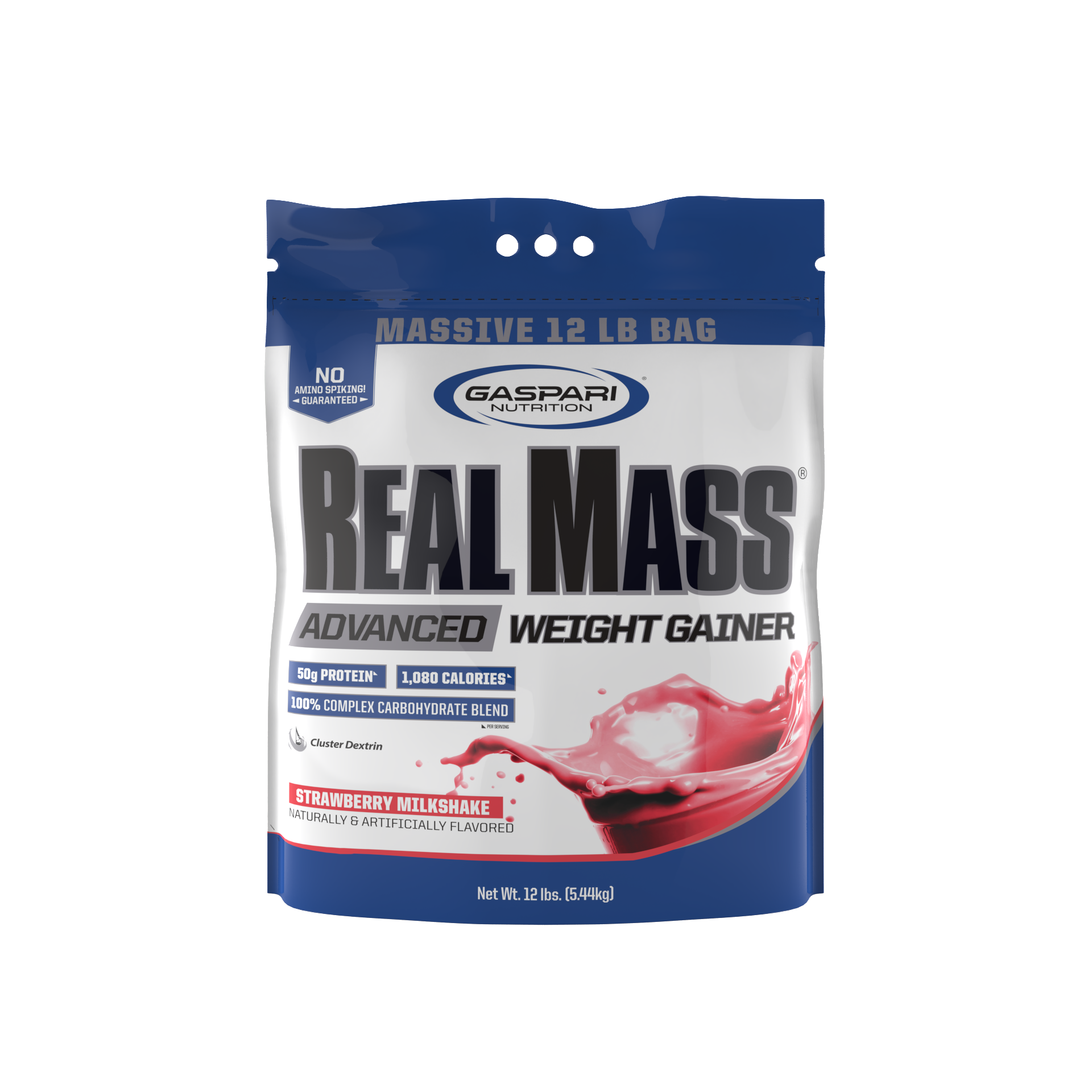

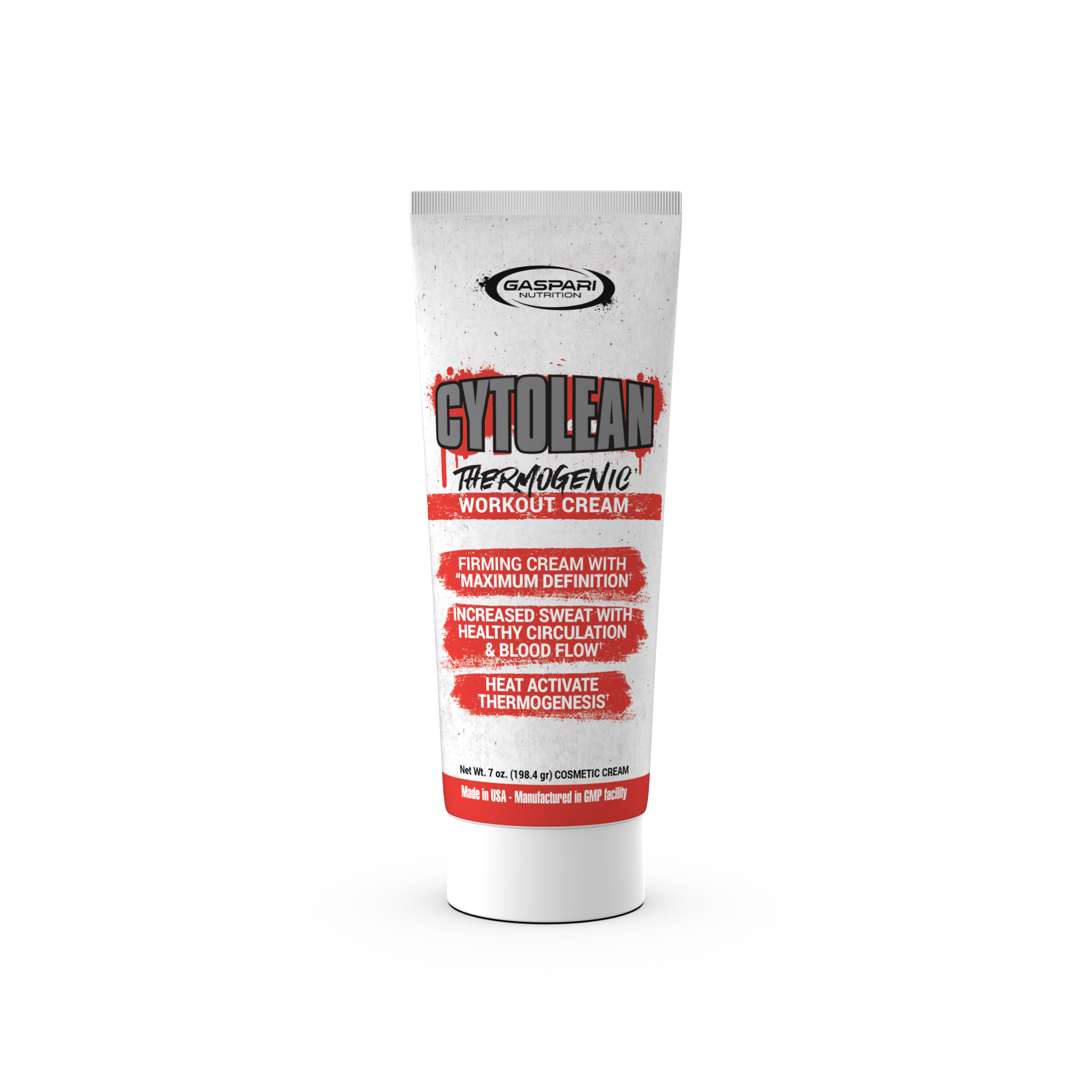

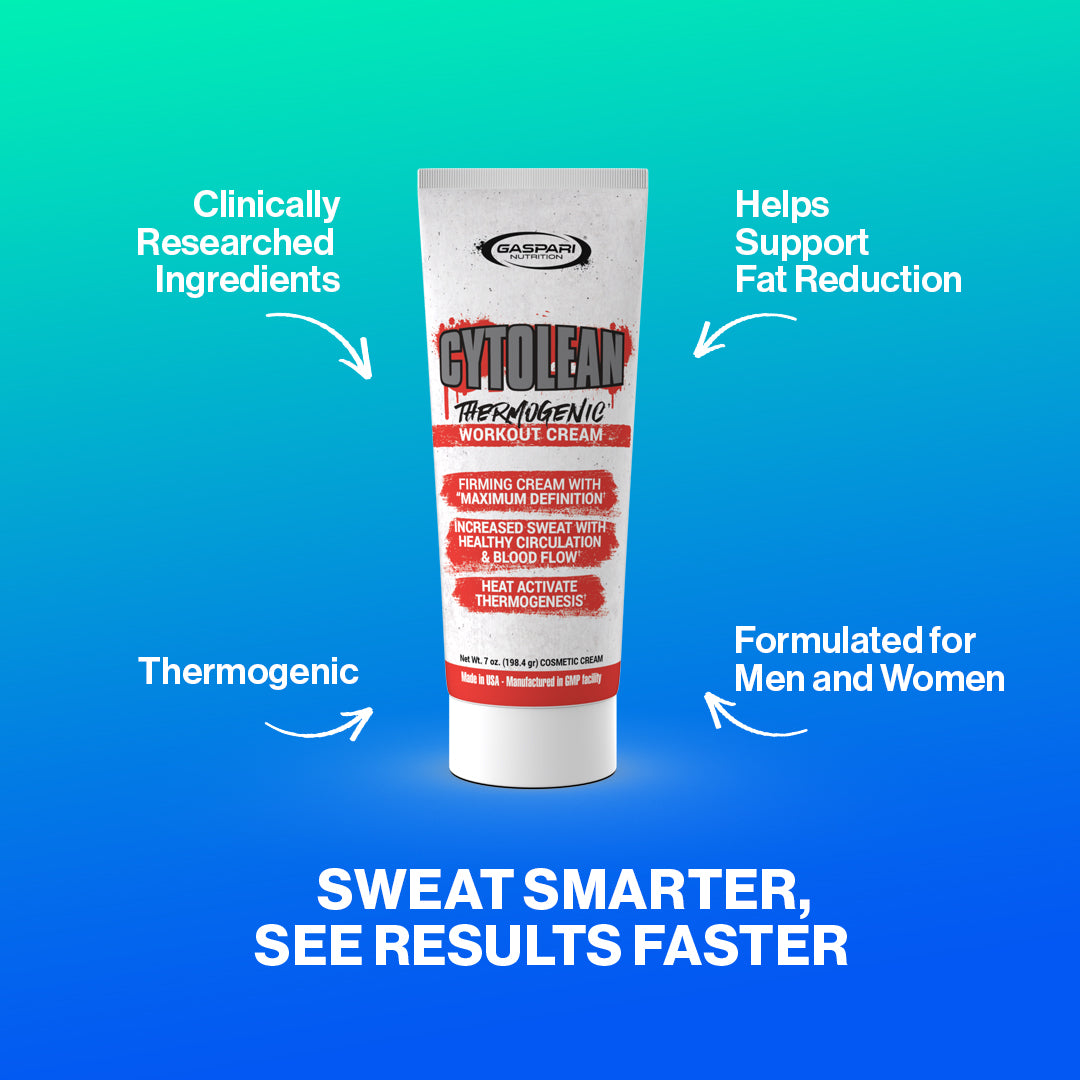

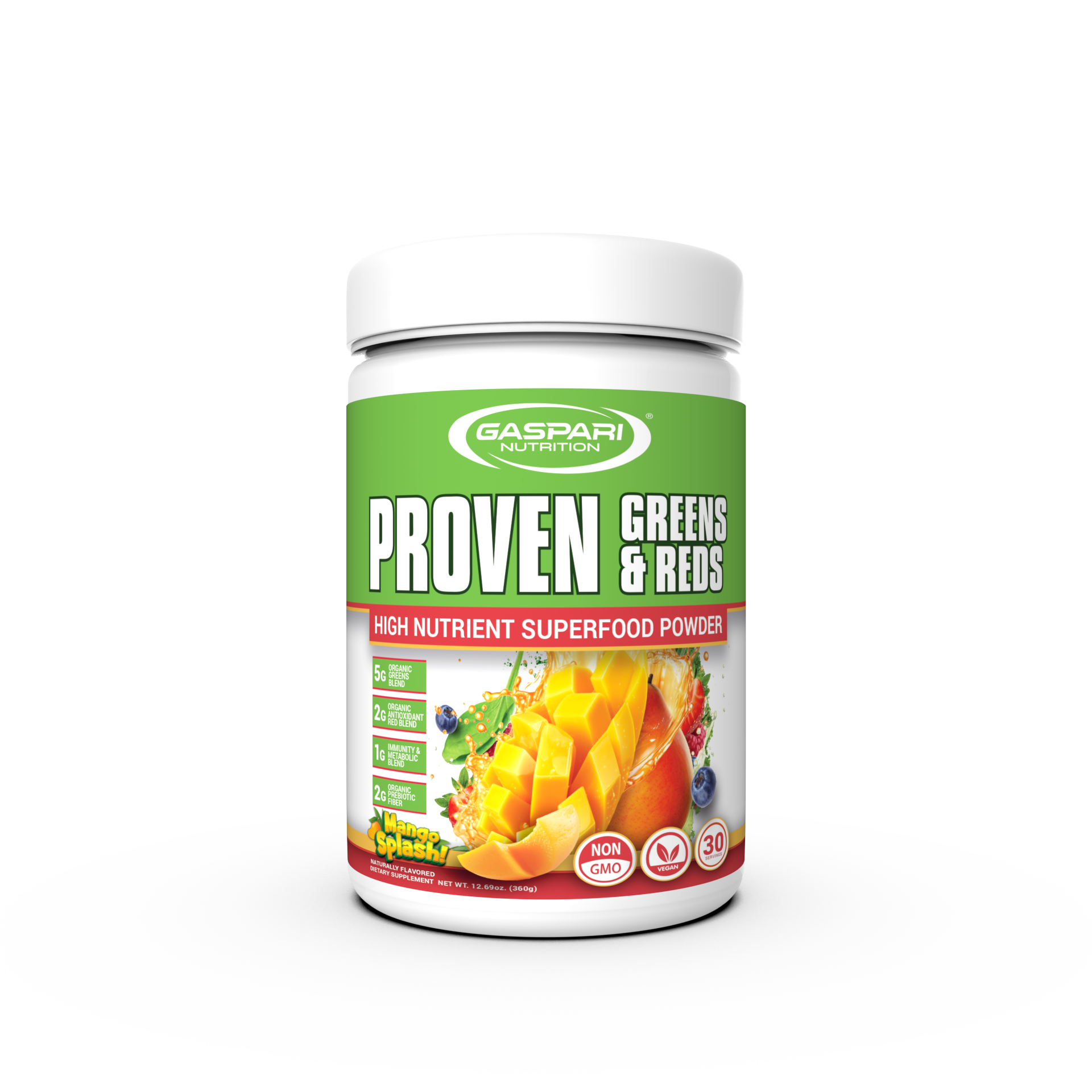
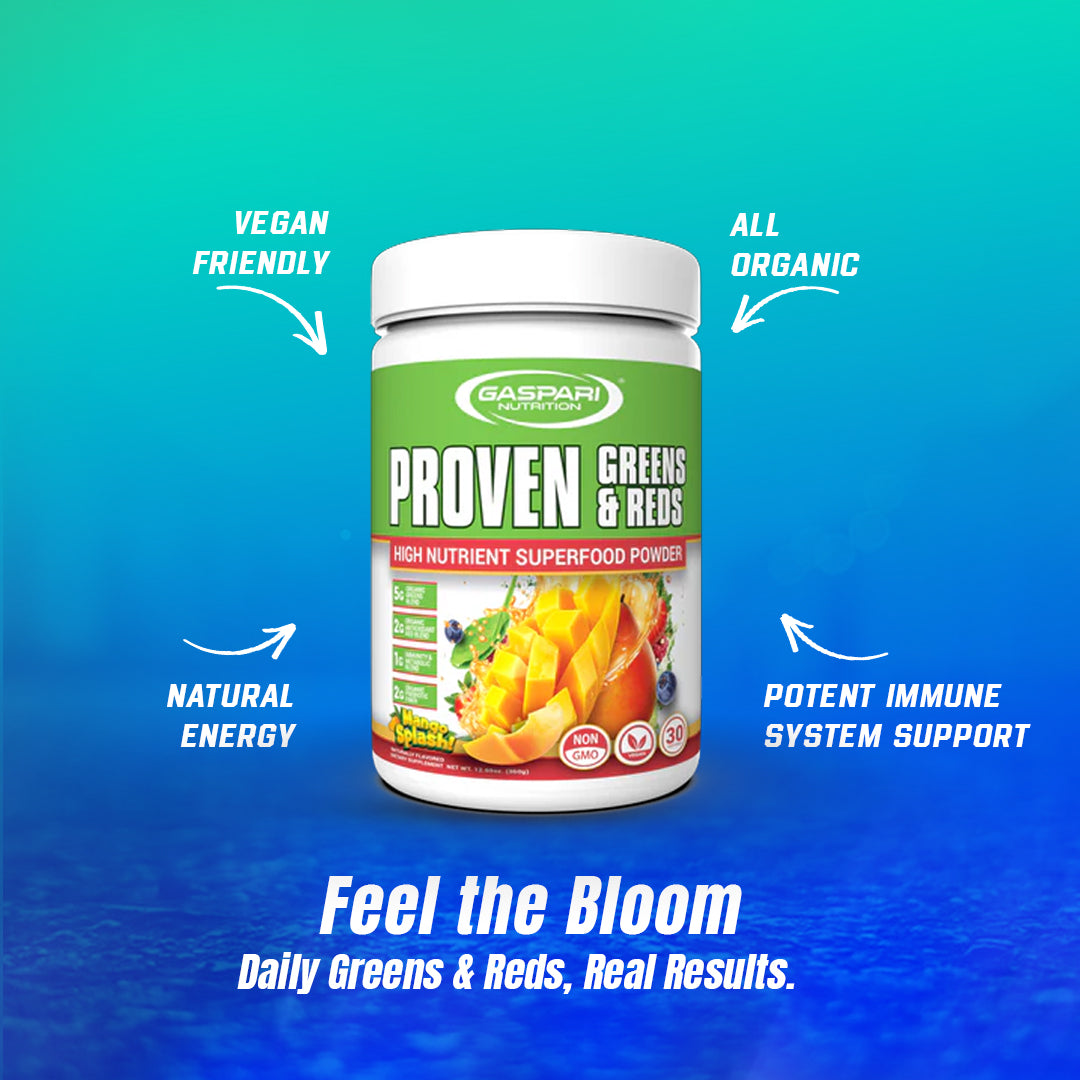

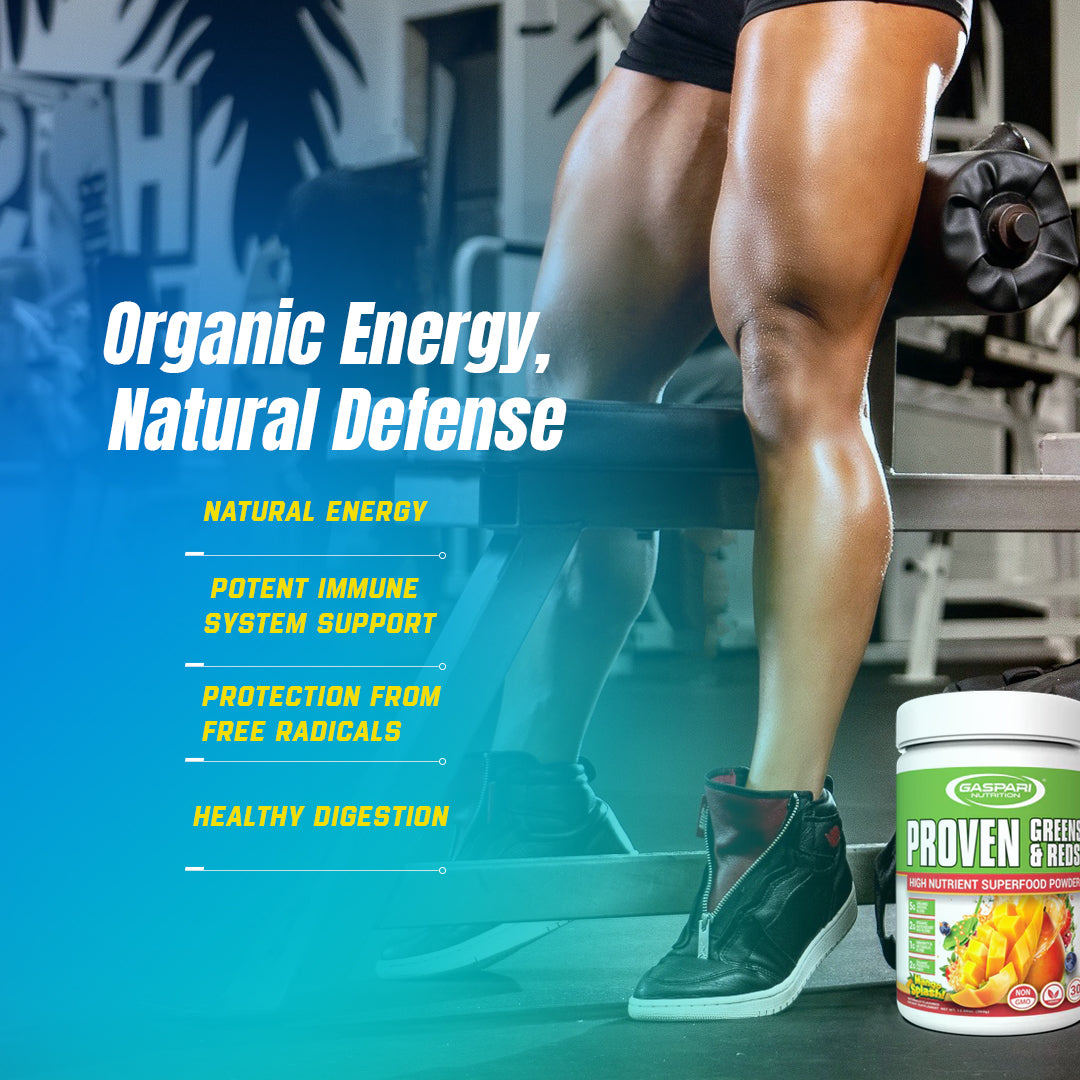

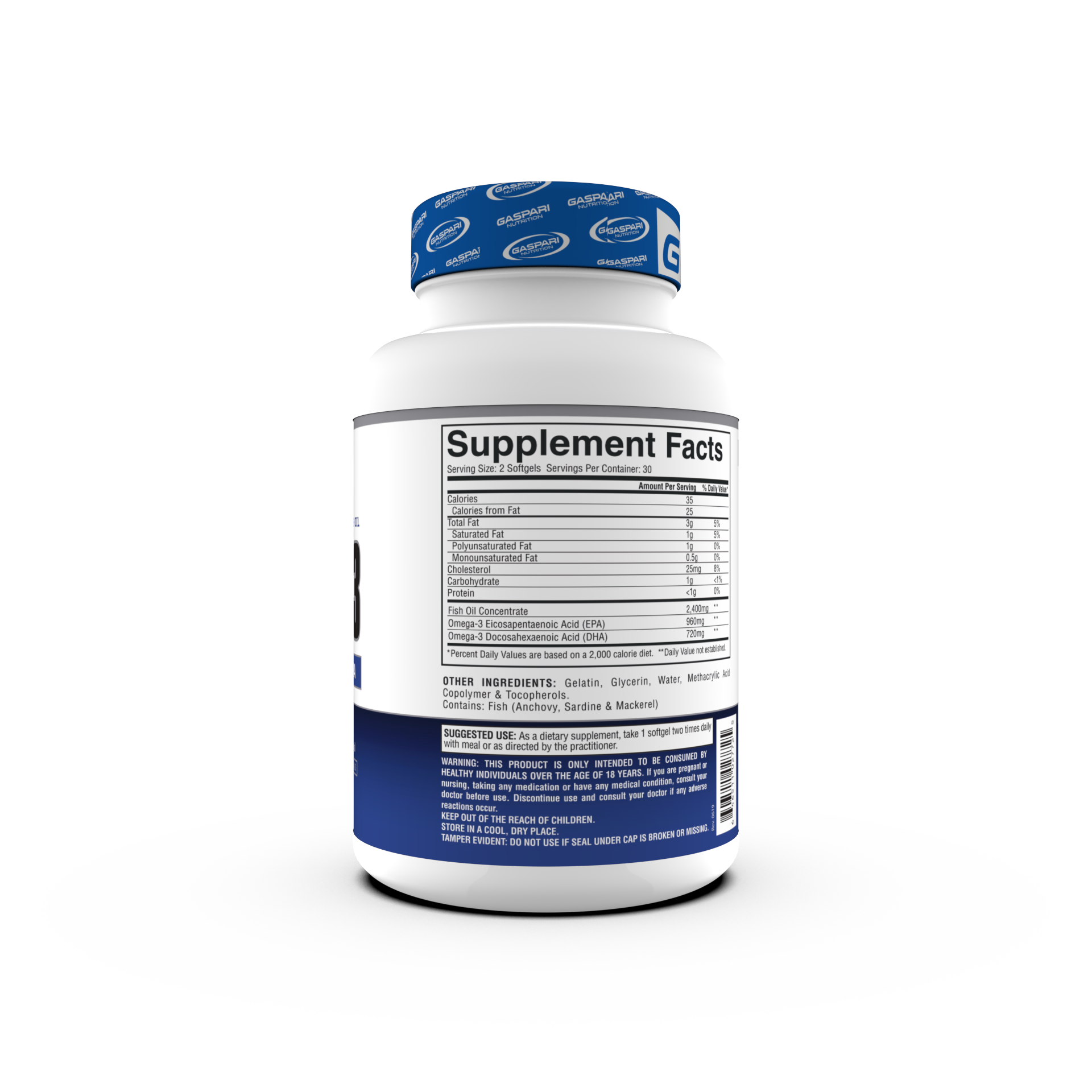
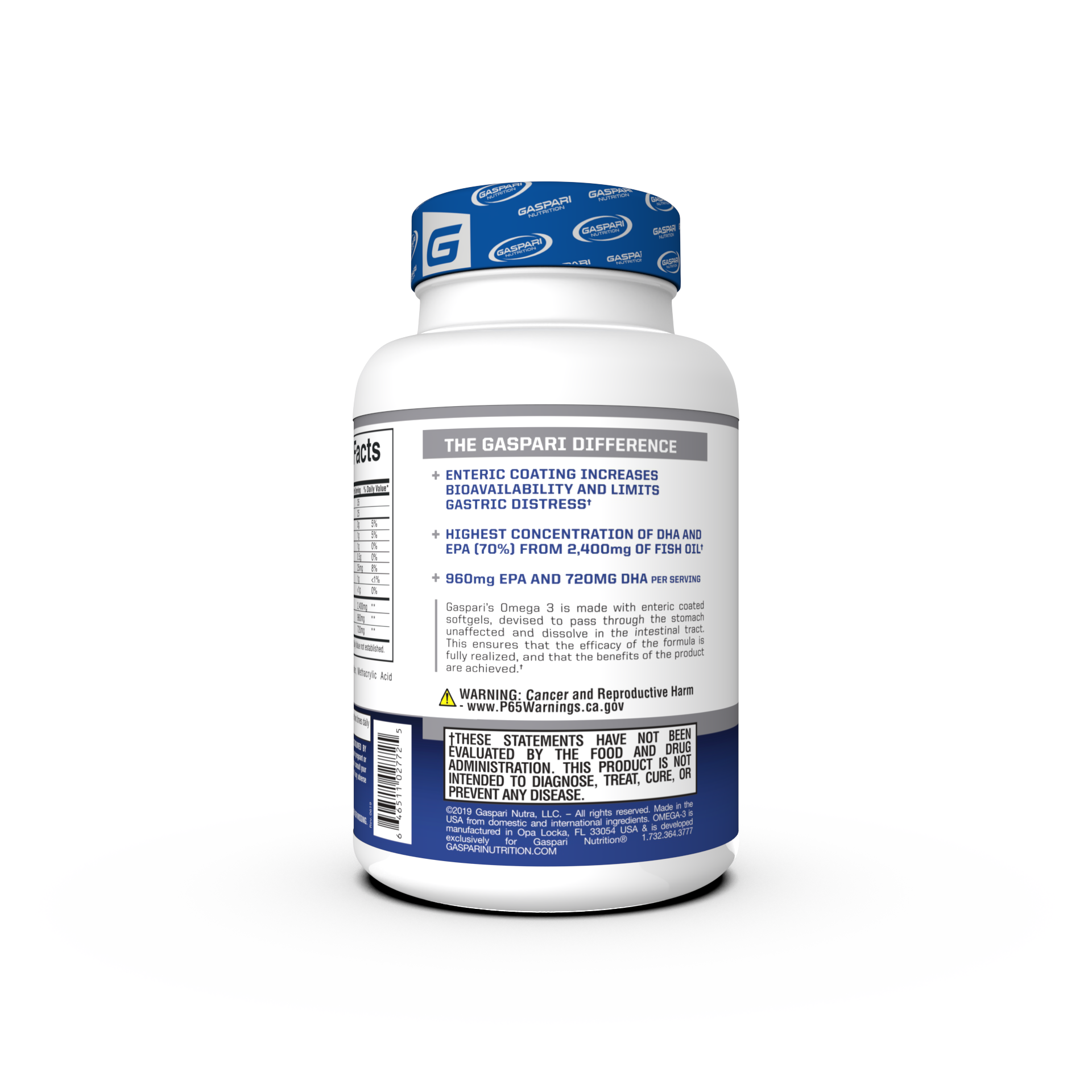

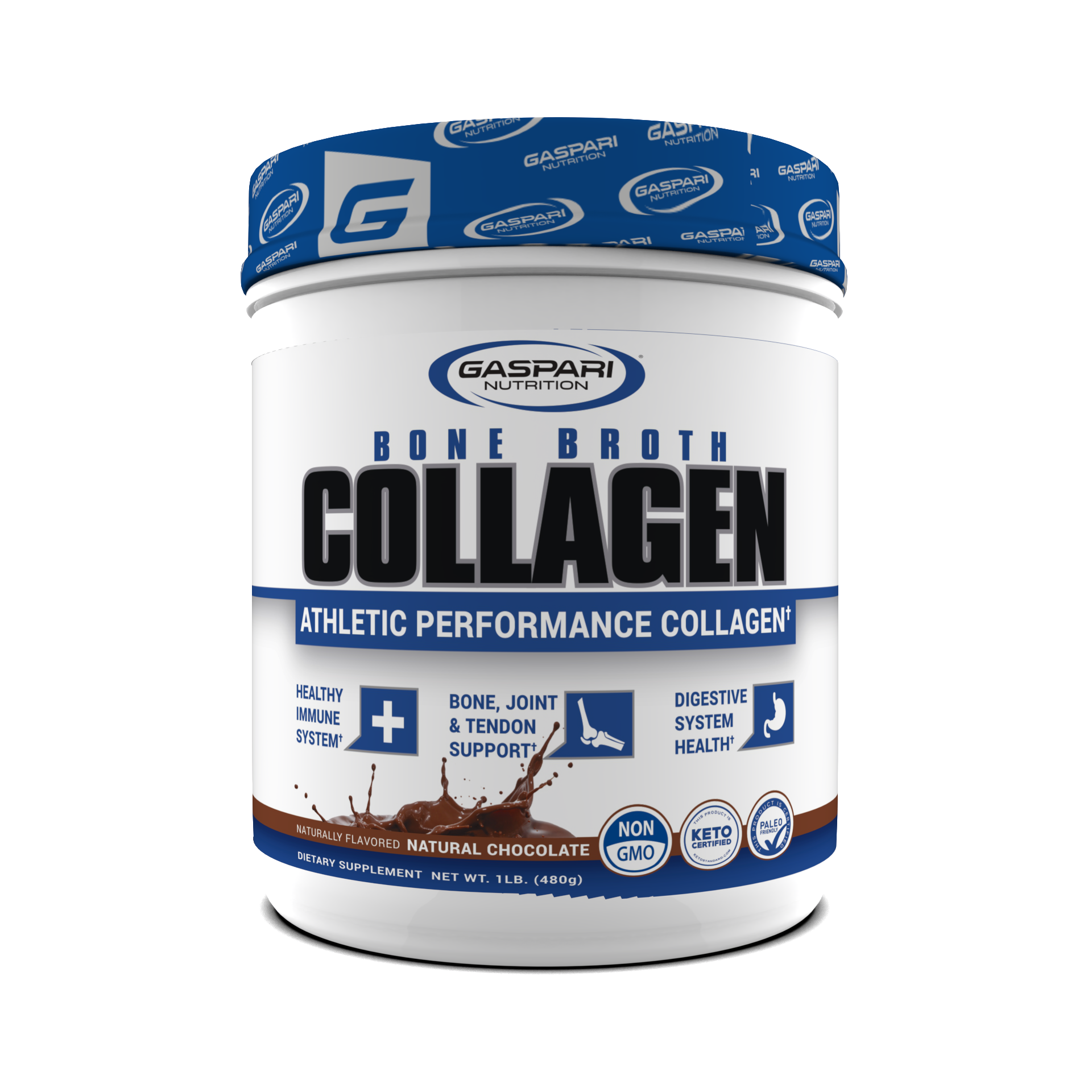







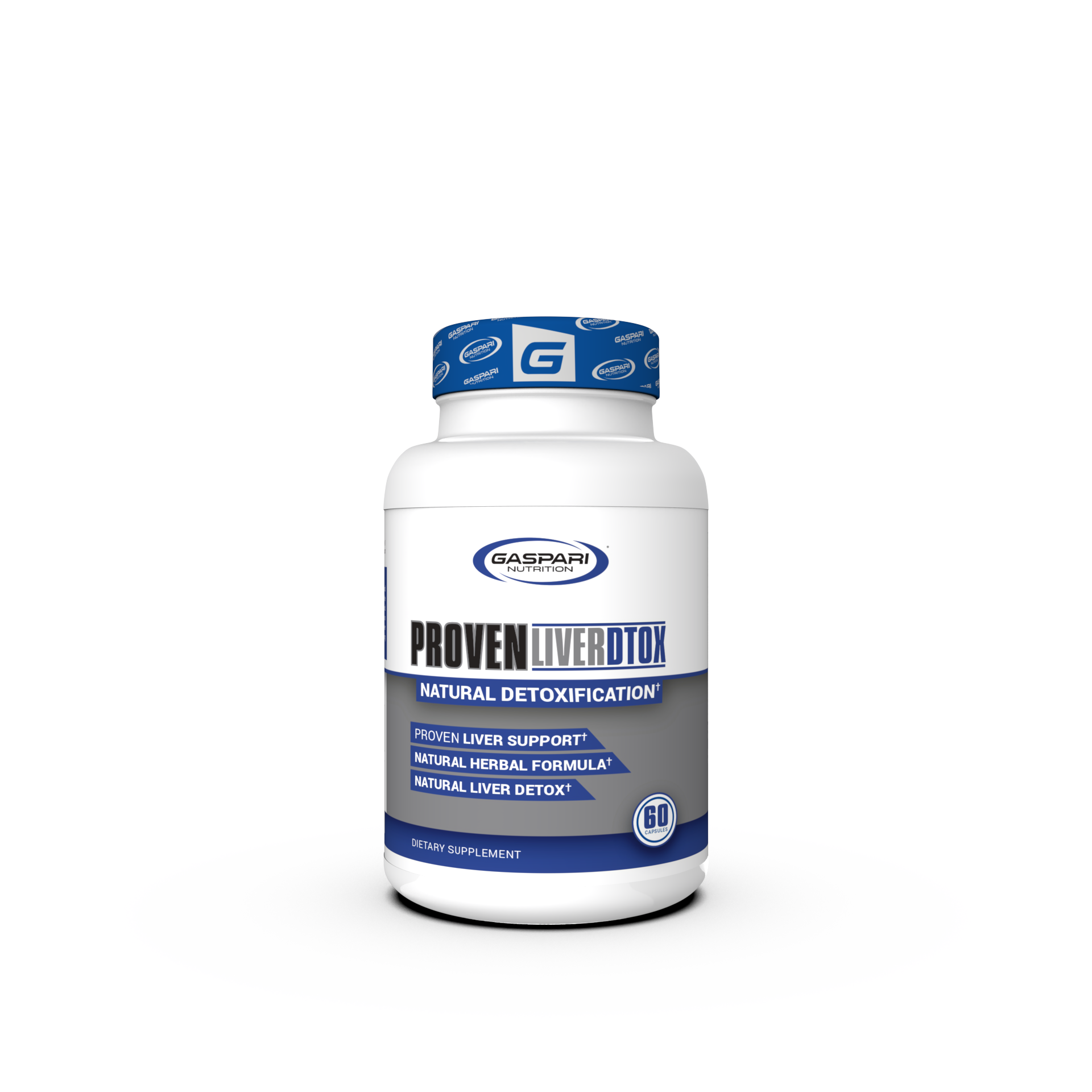

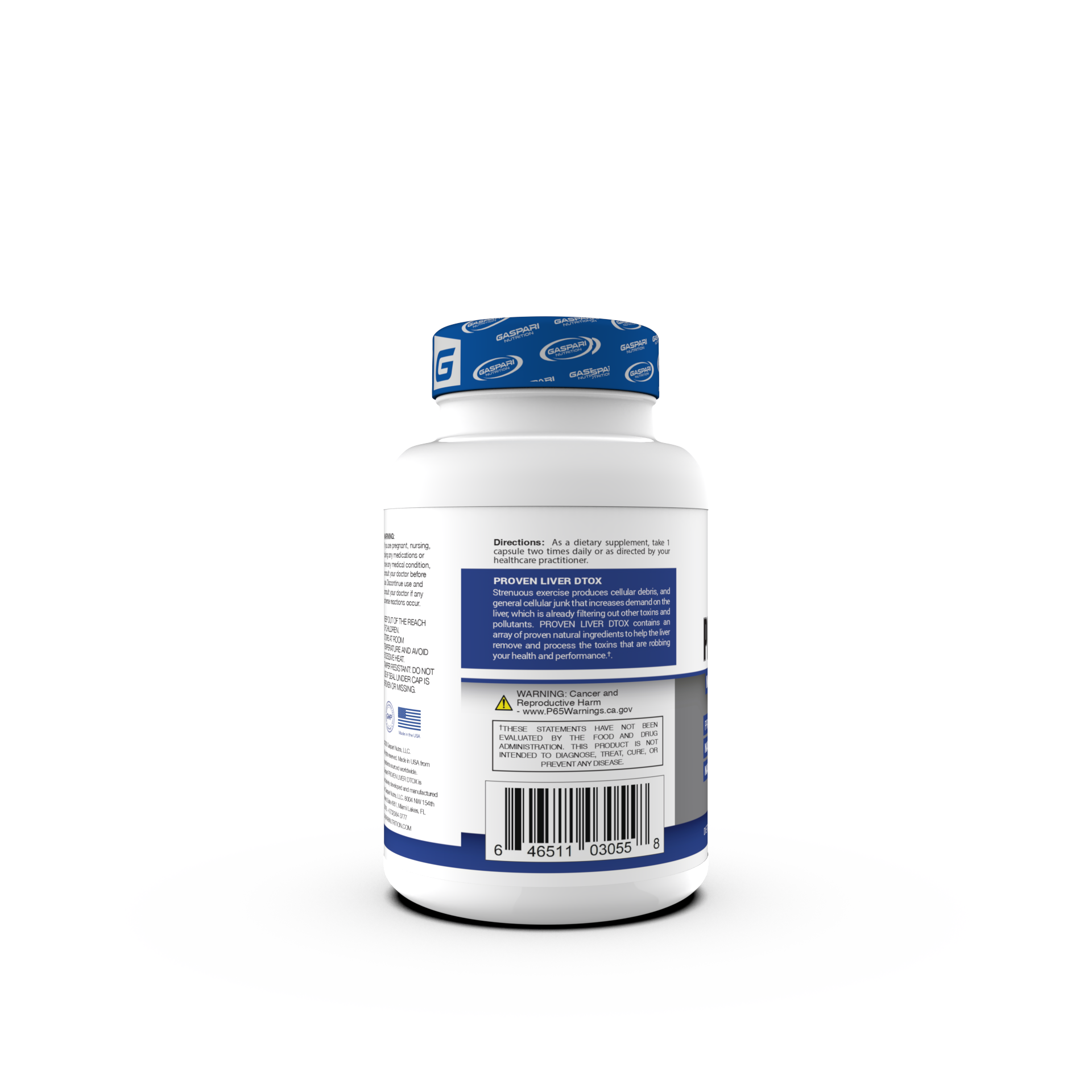

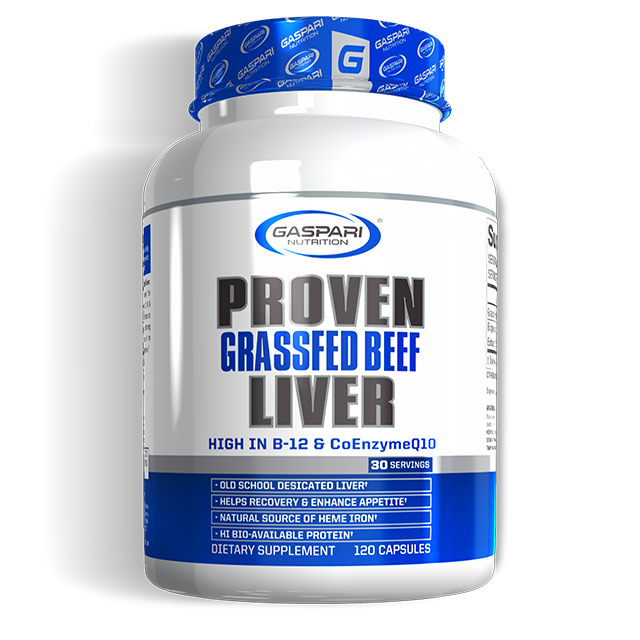





Share:
Fit Over 50: 4 Lies You Tell Yourself That Keep You From Your Goals
Do Bodybuilding Supplements Really Work?